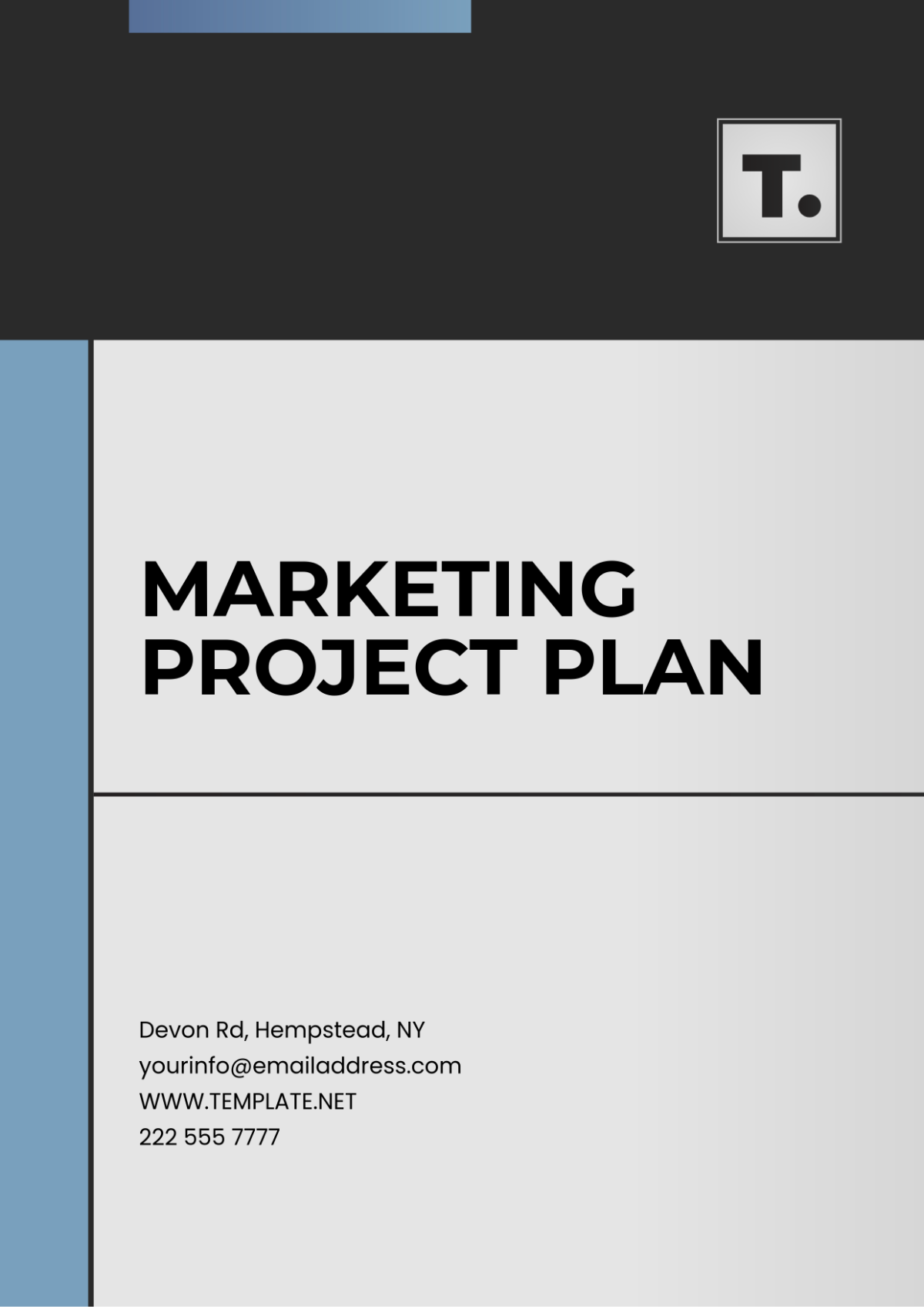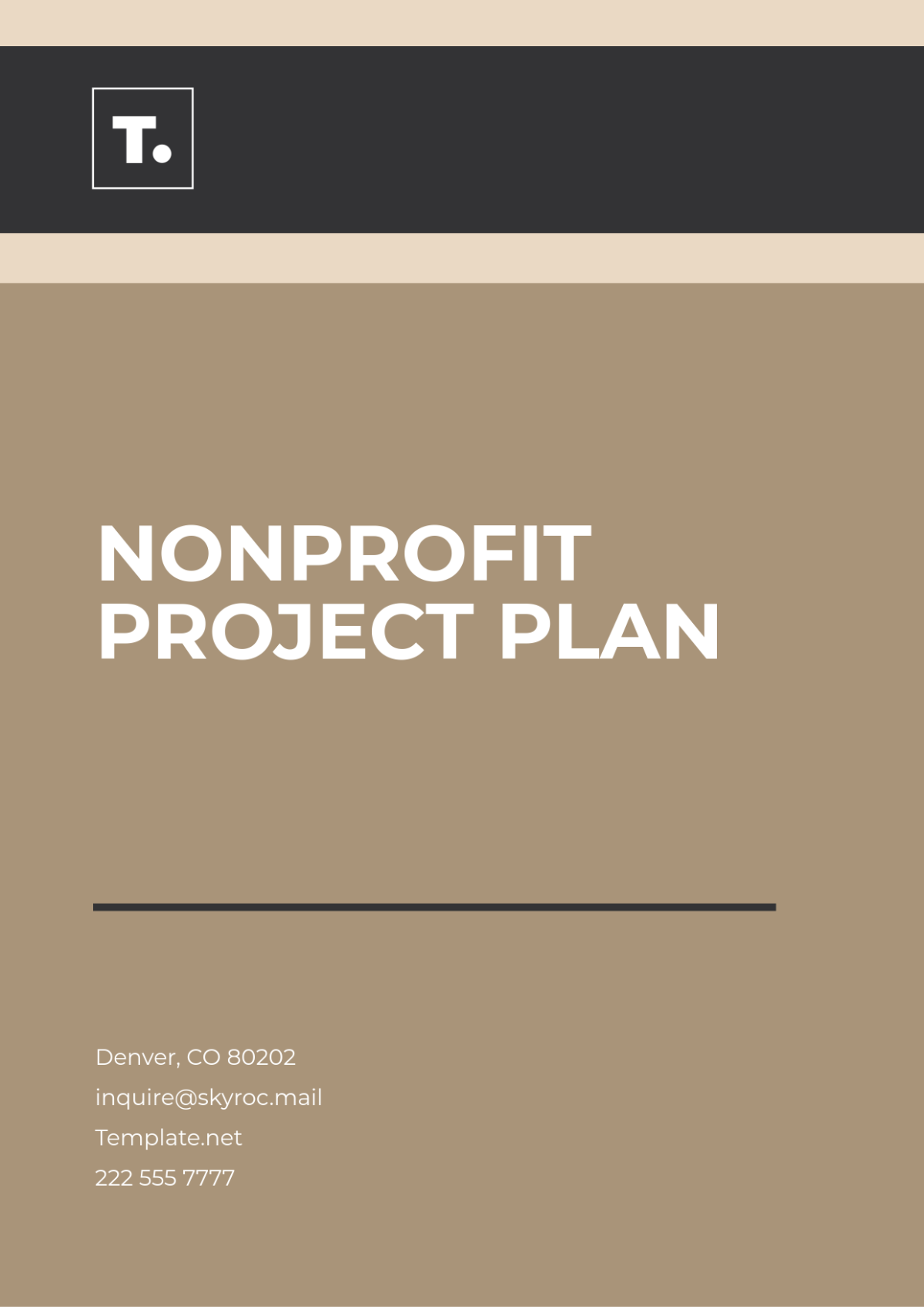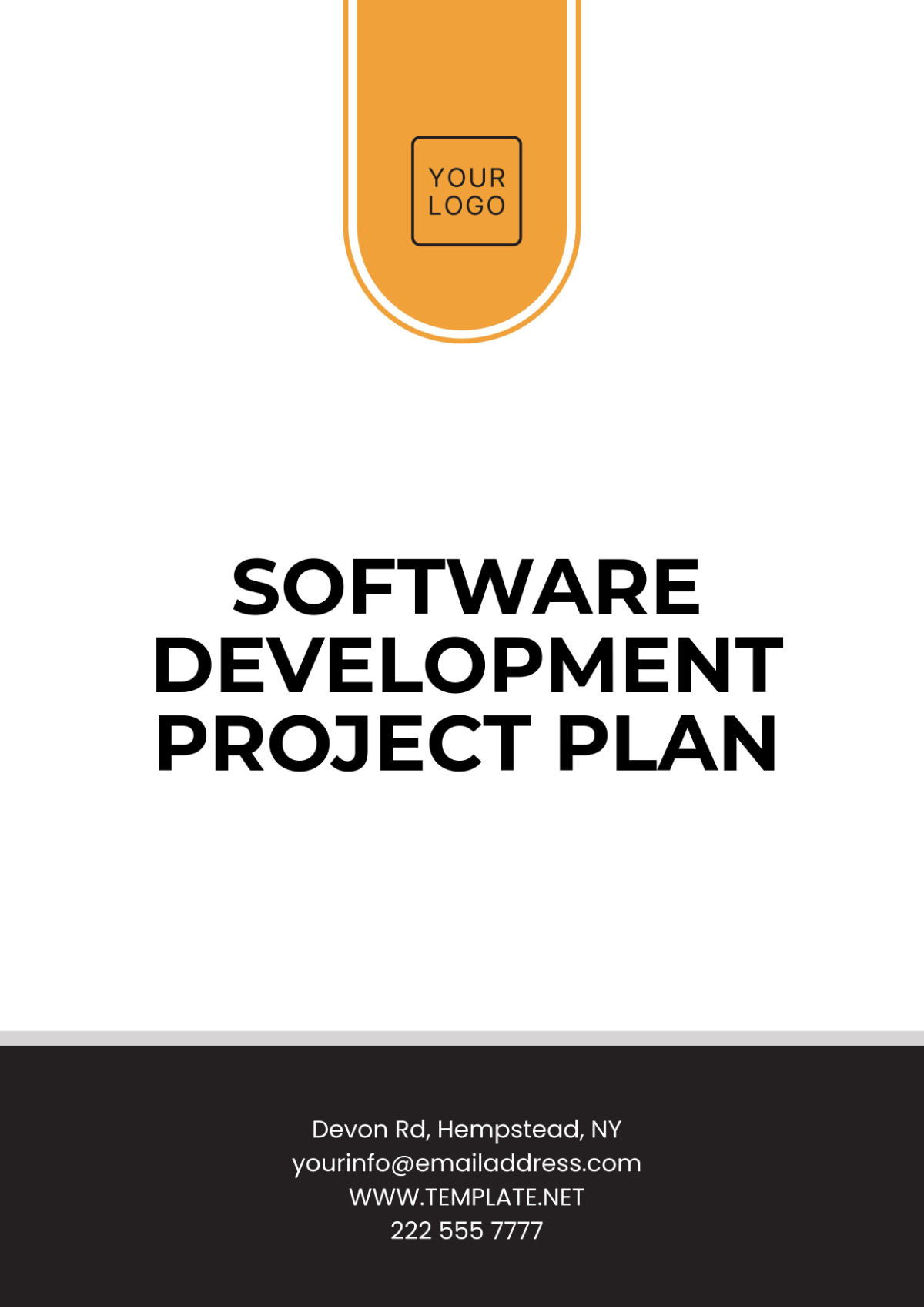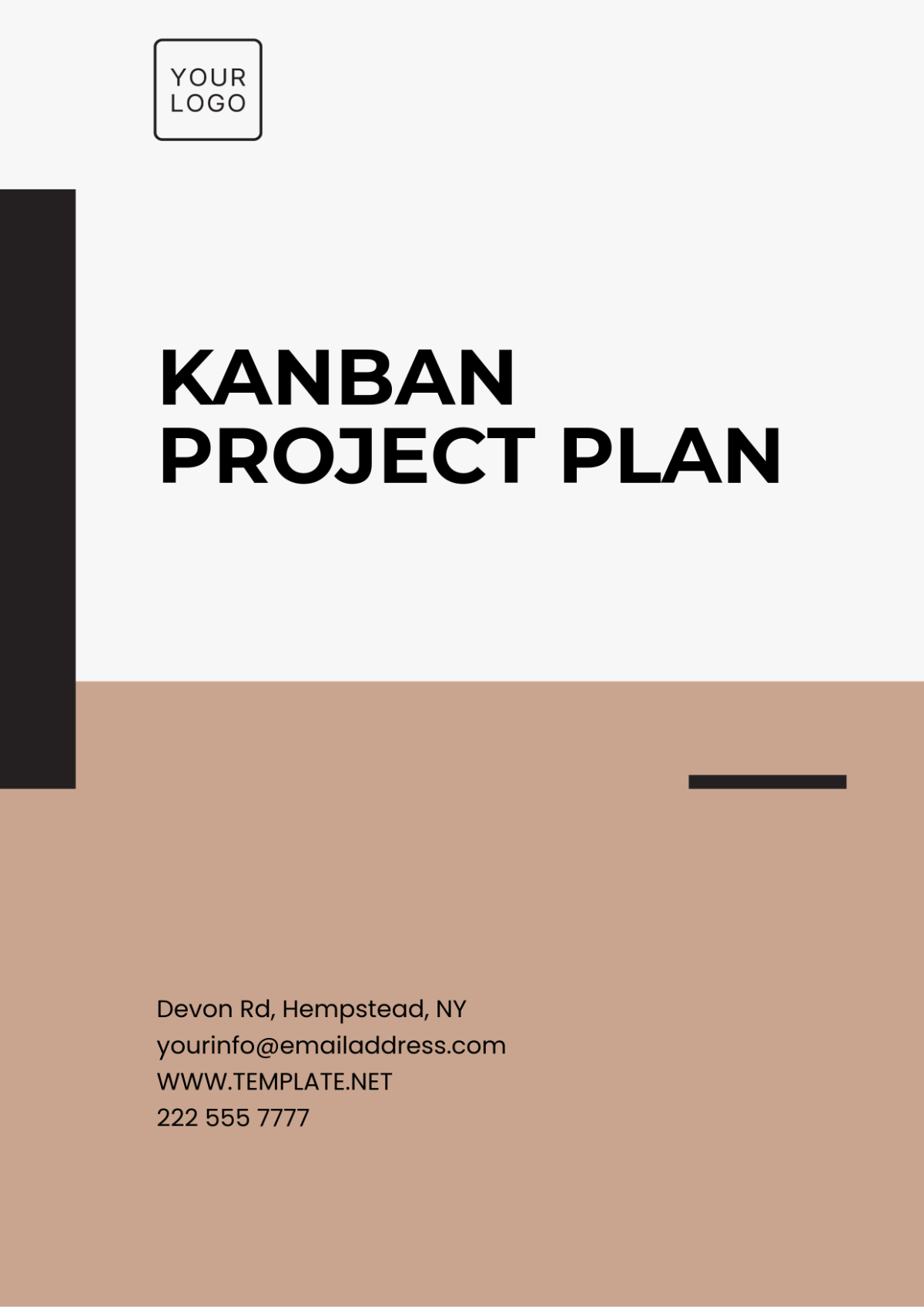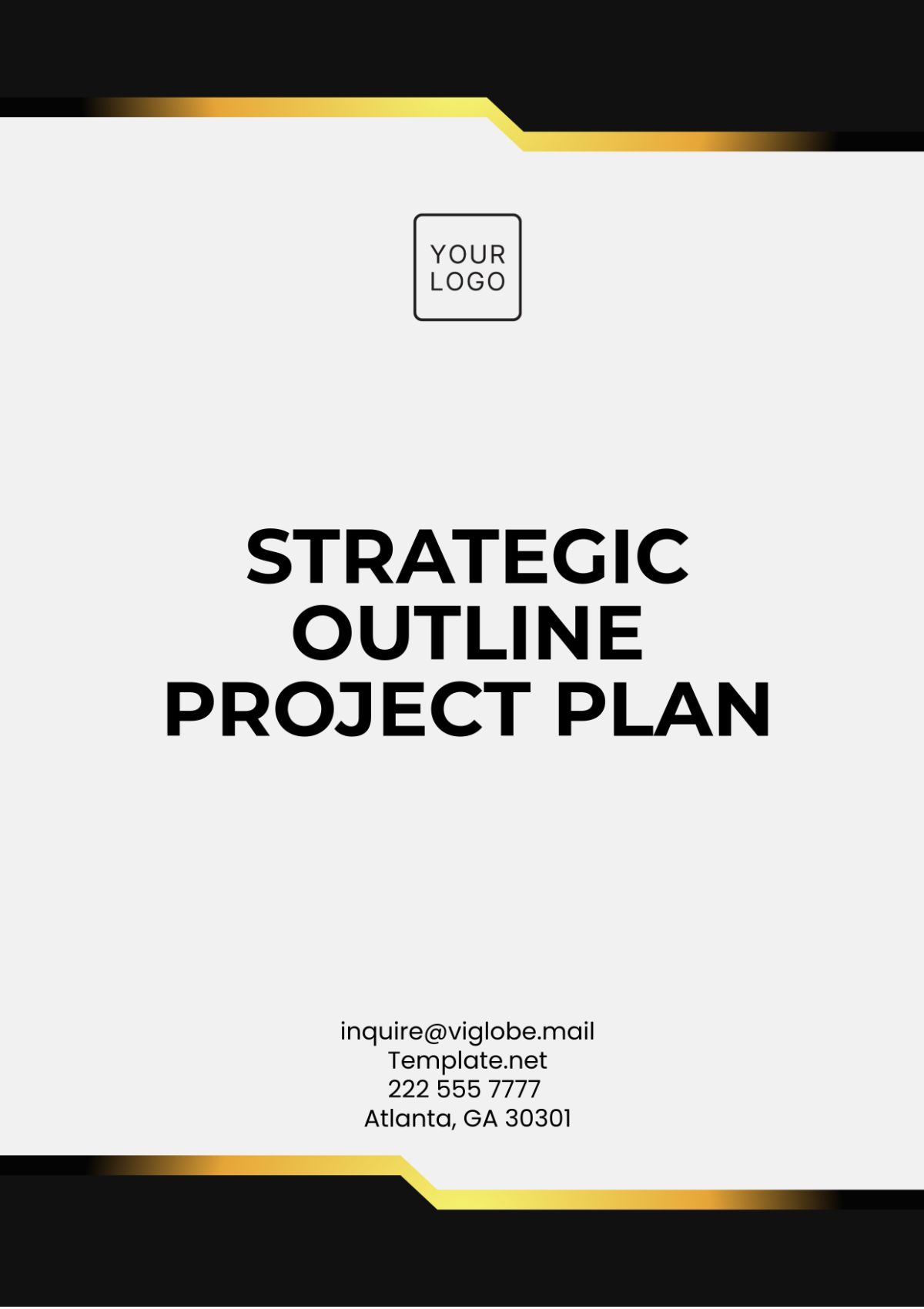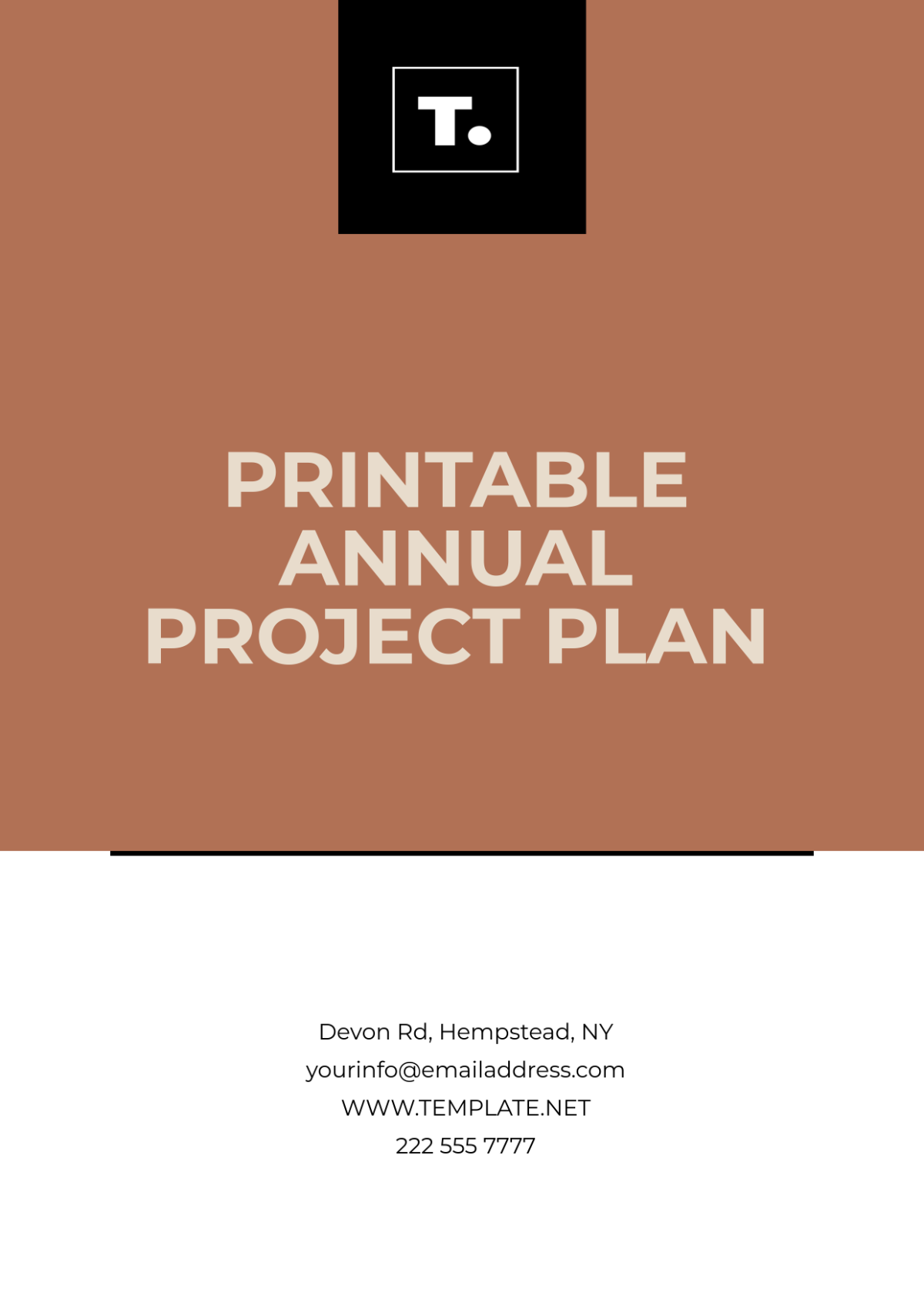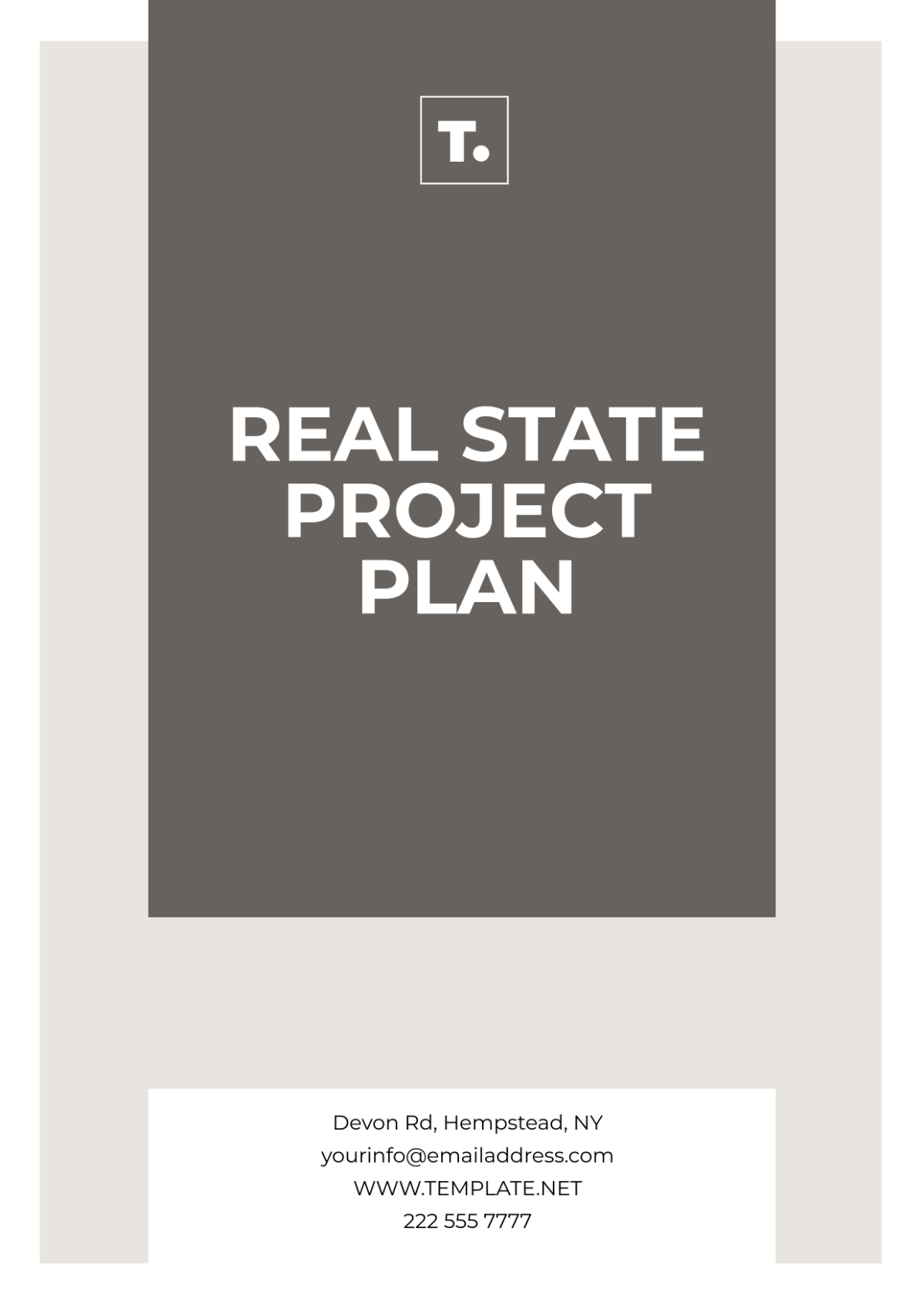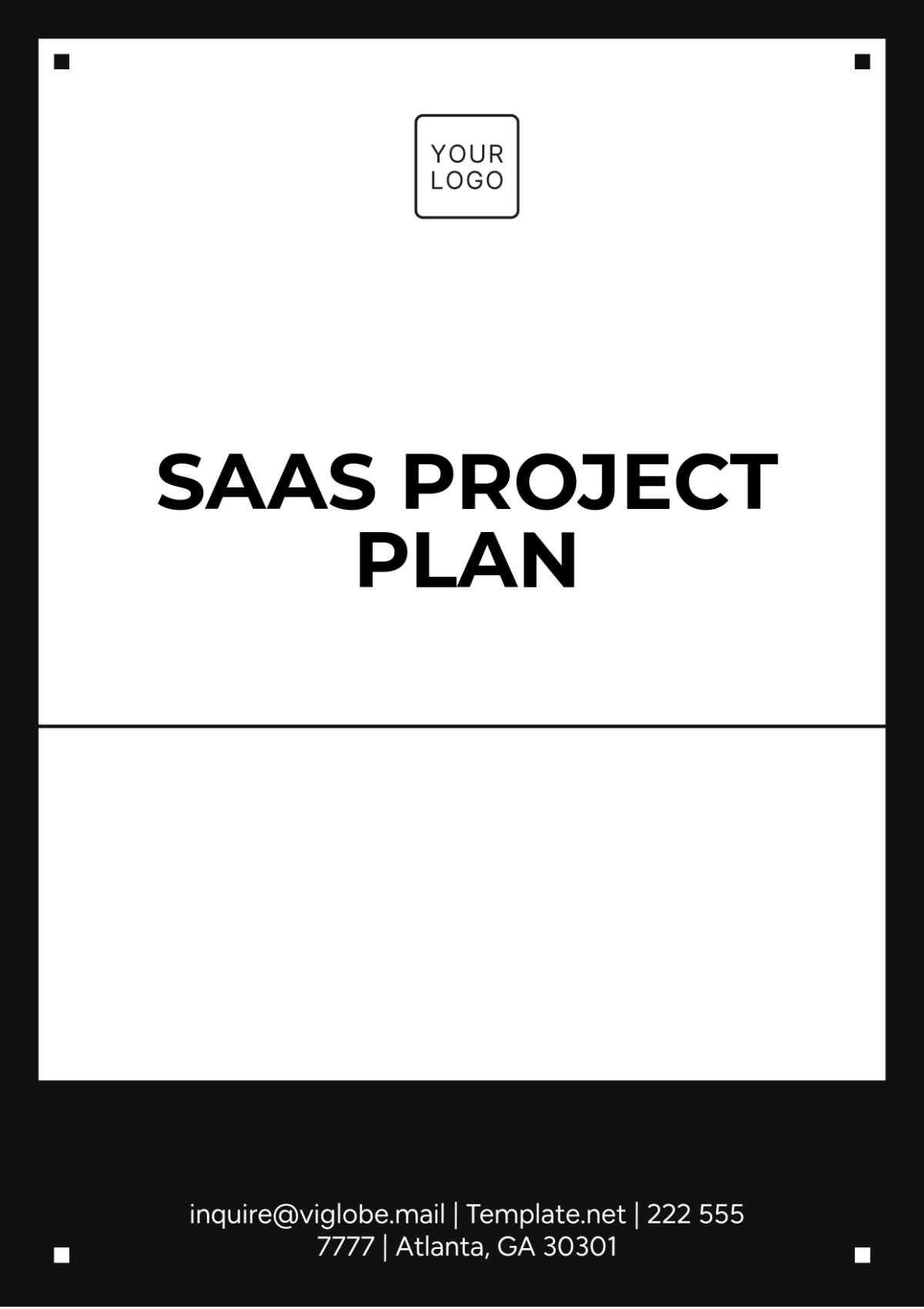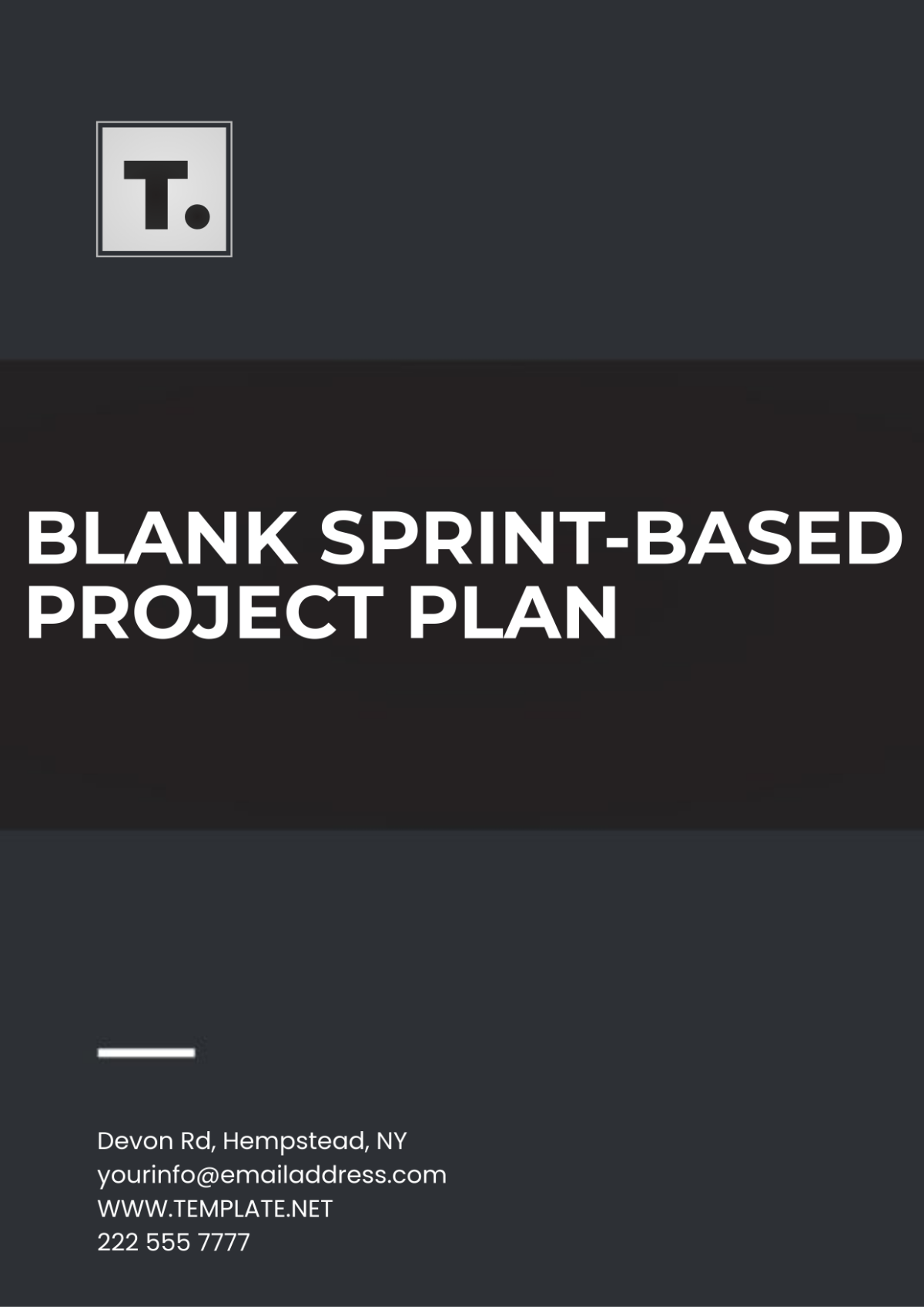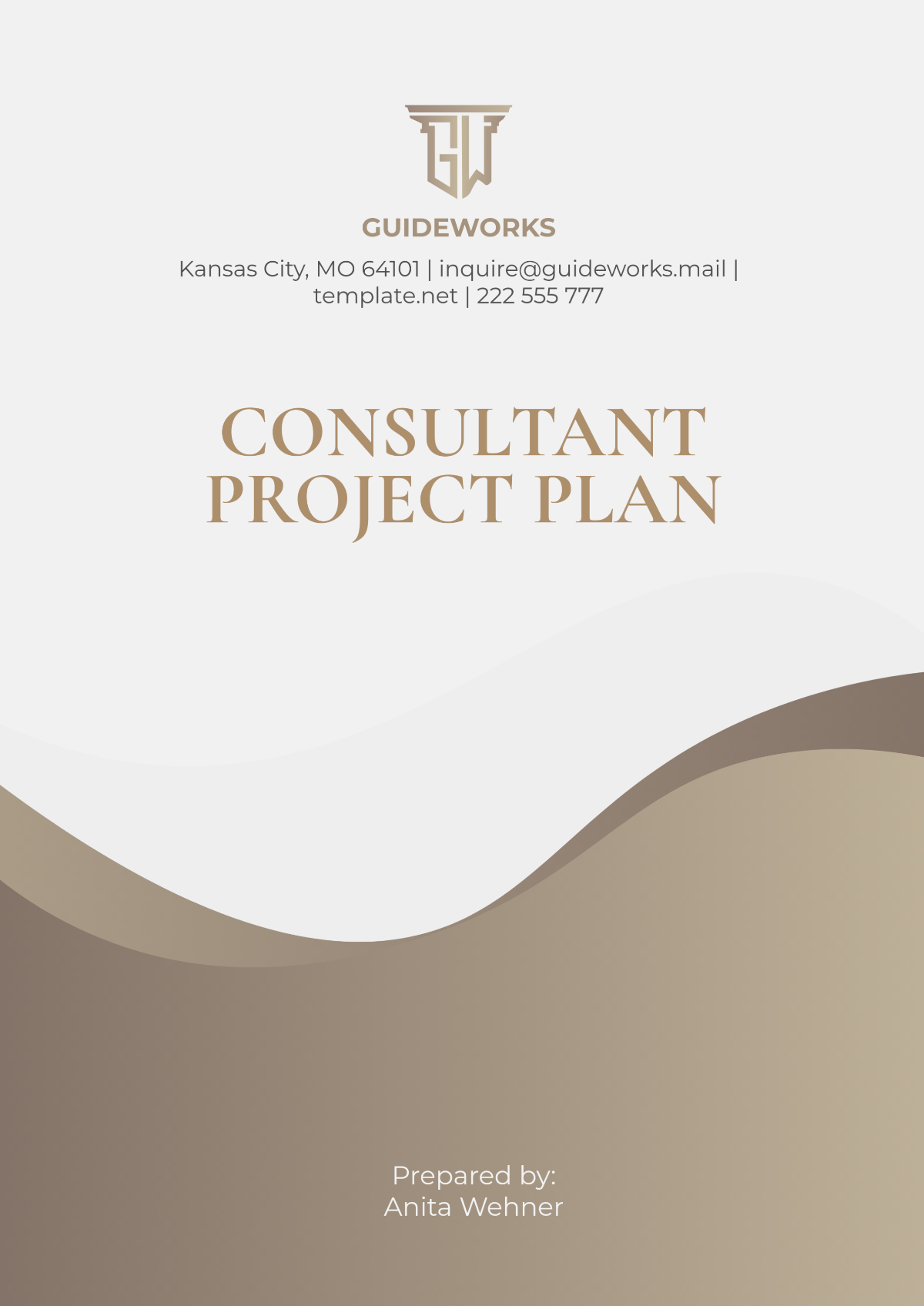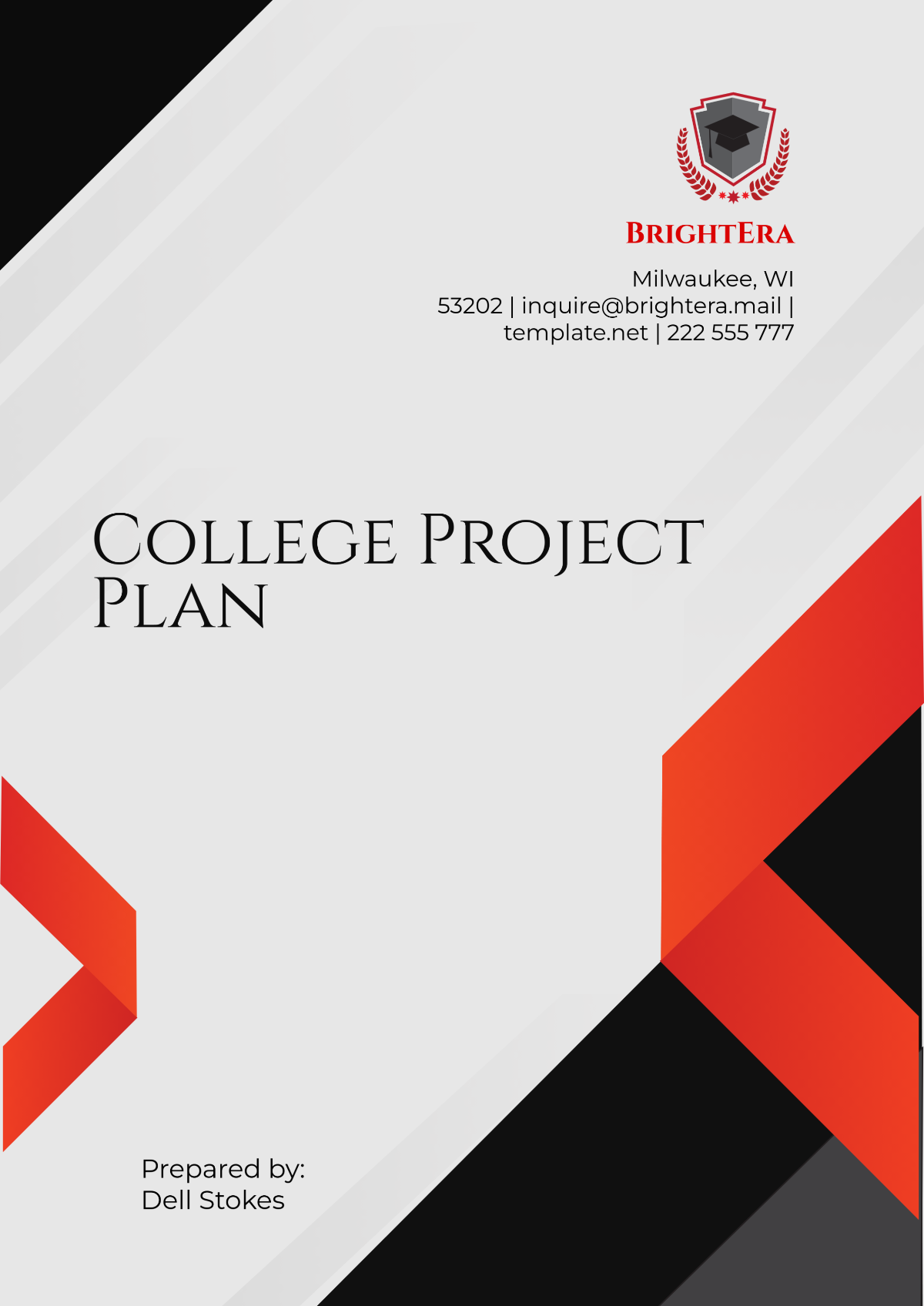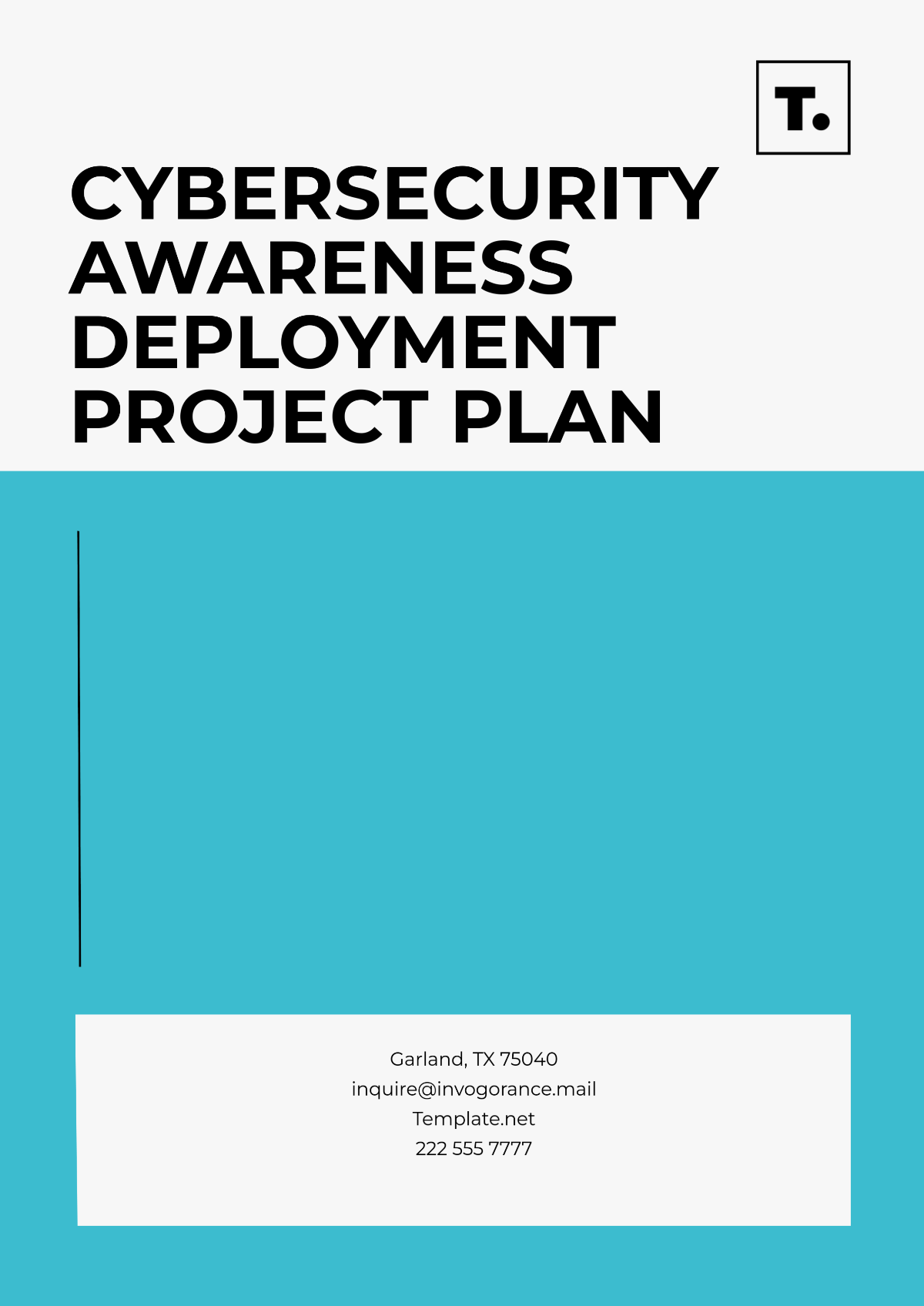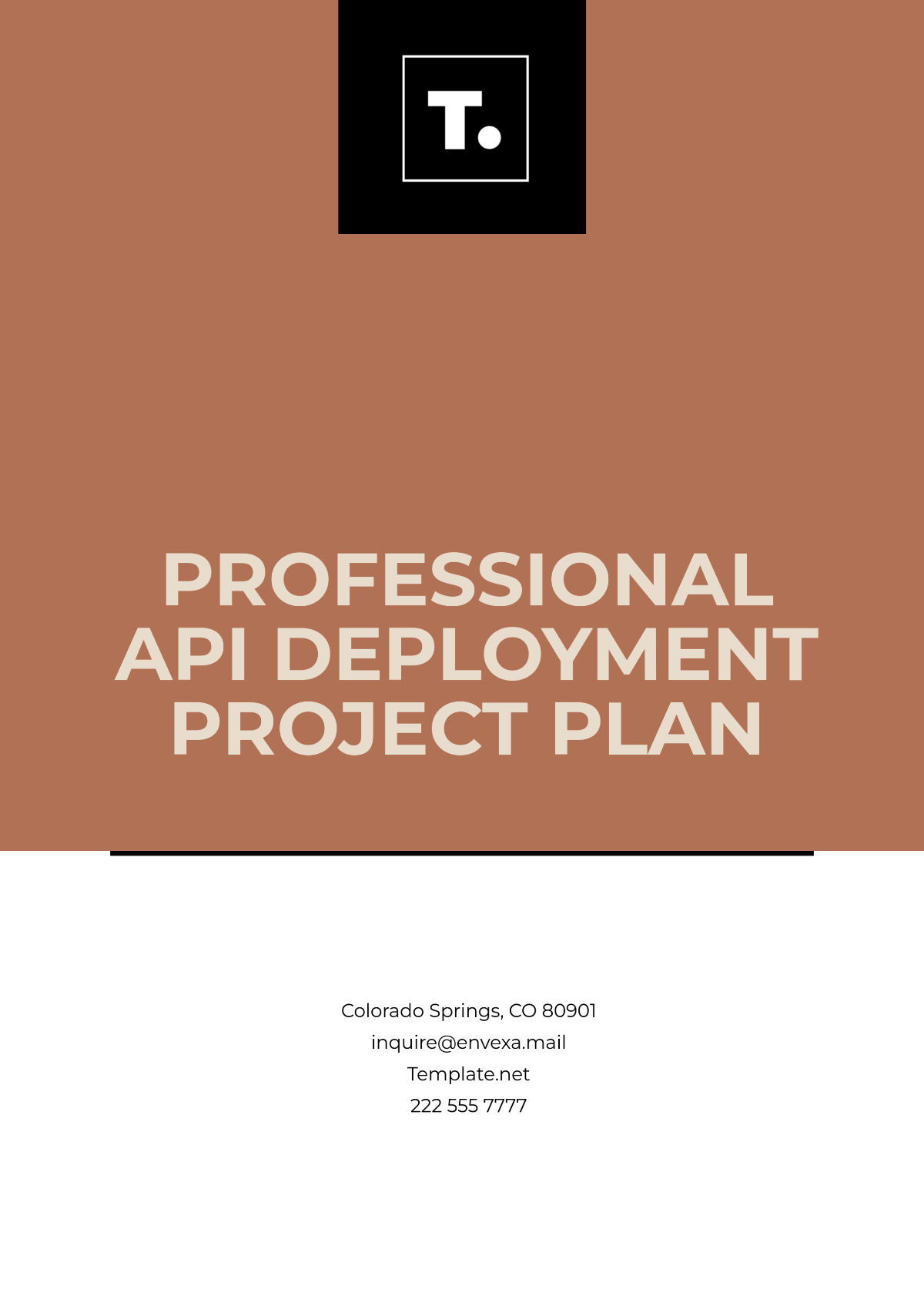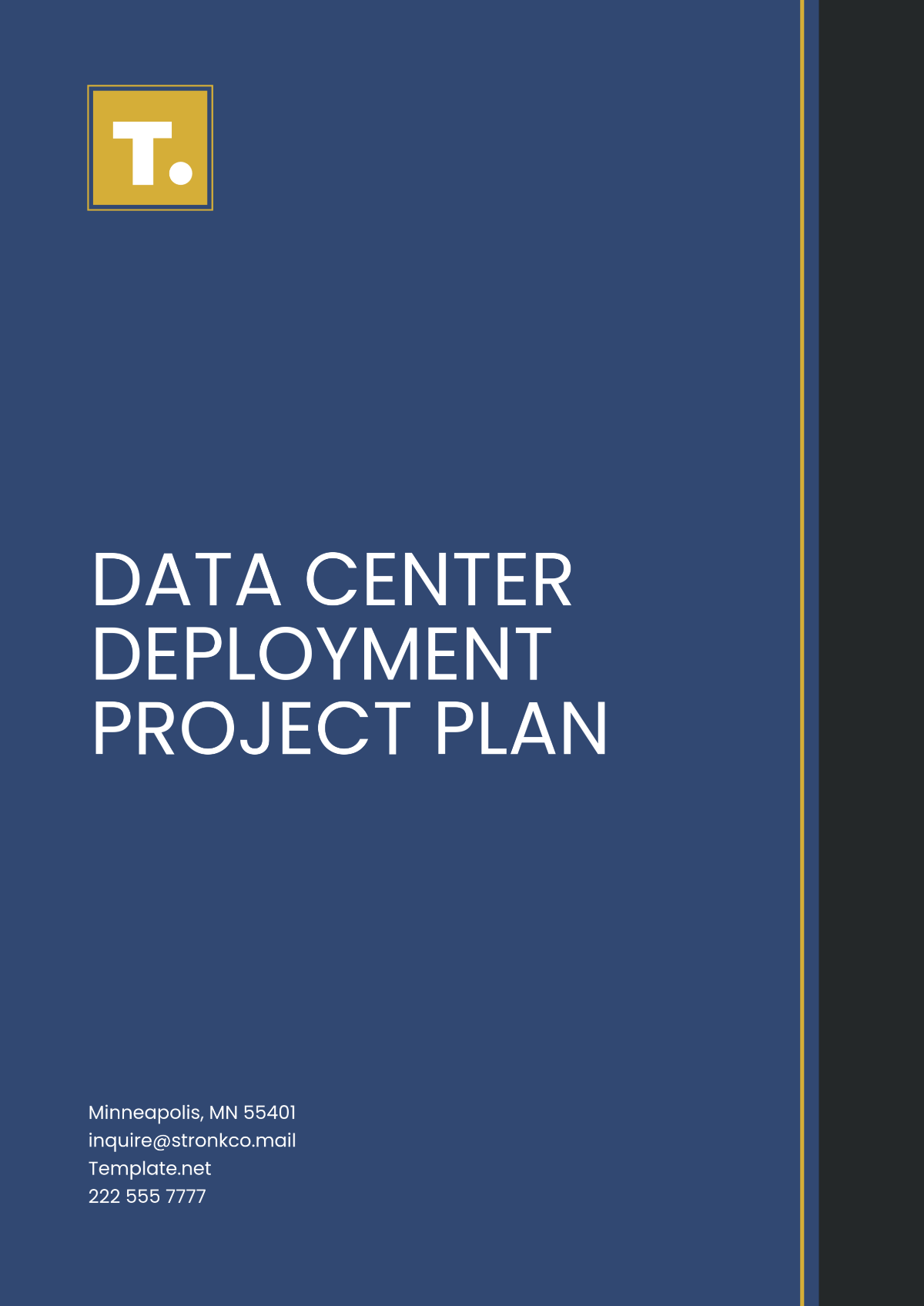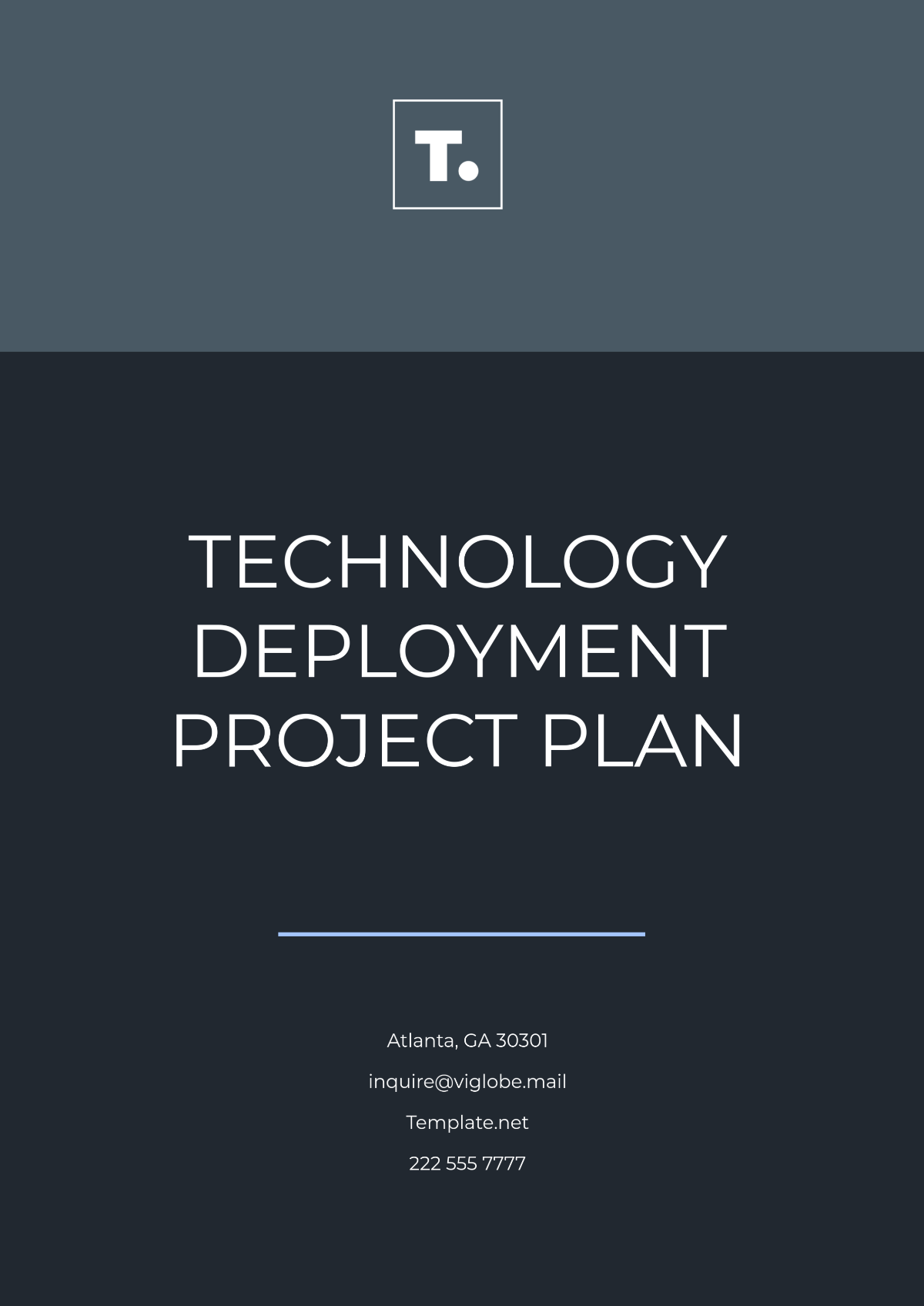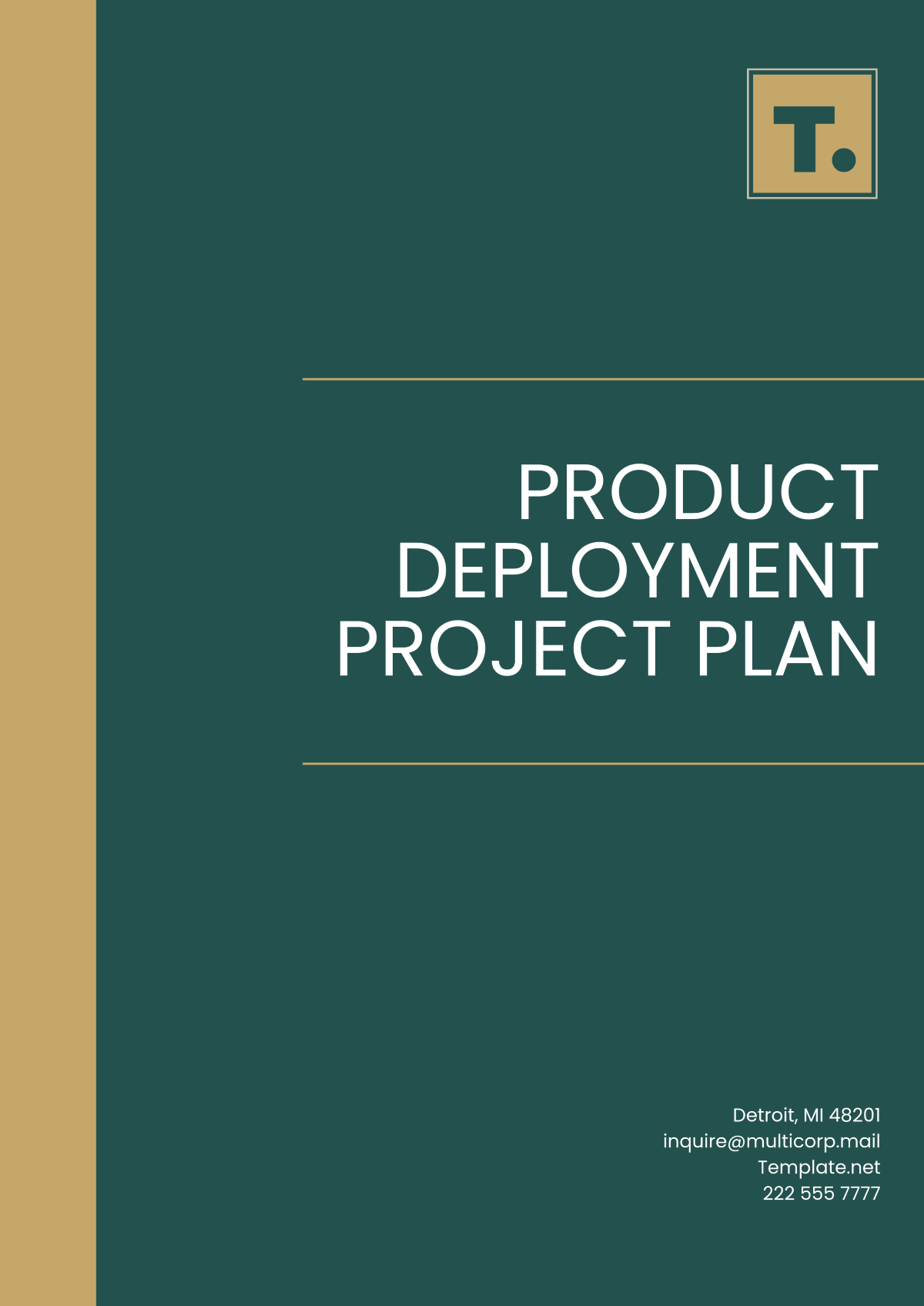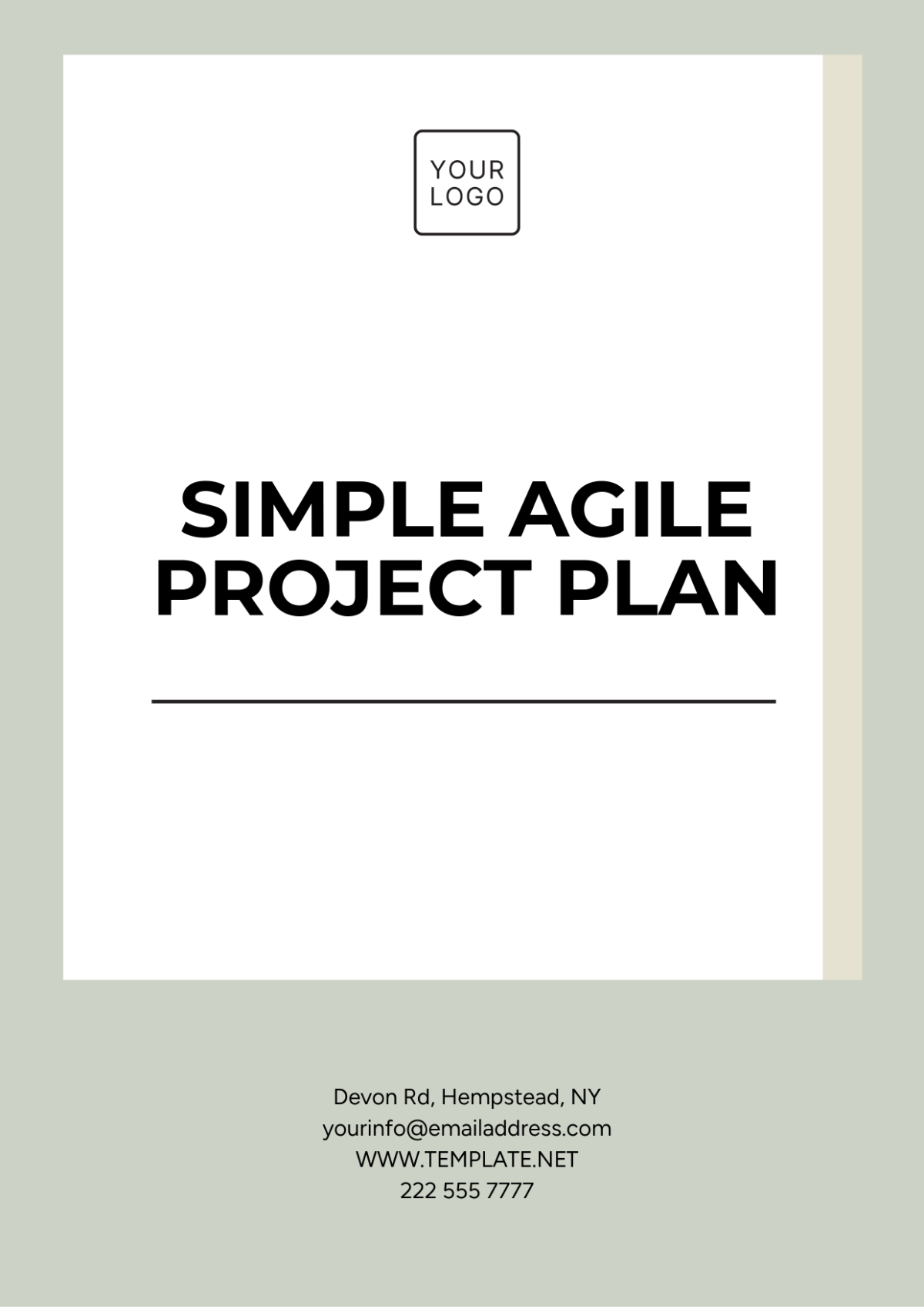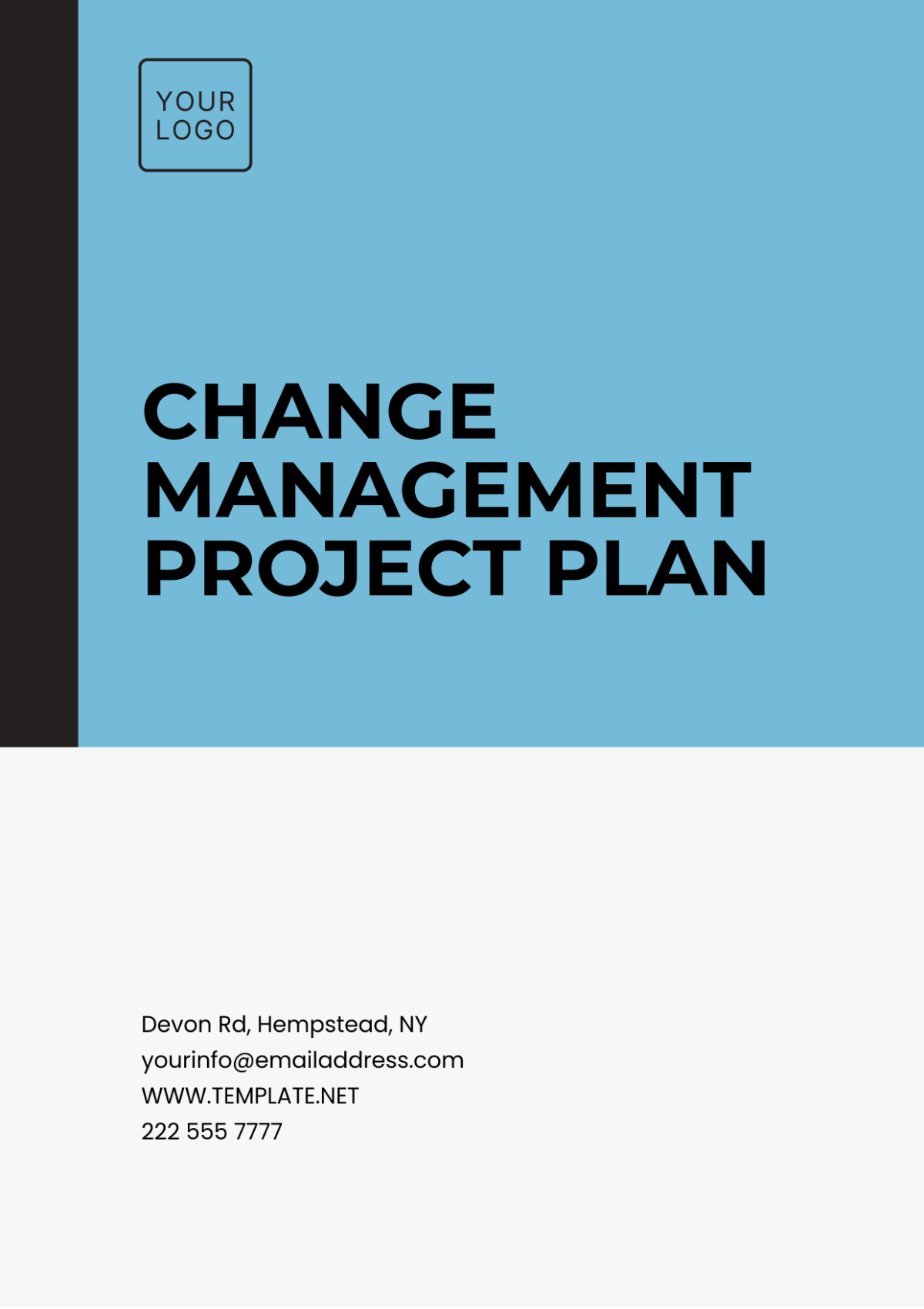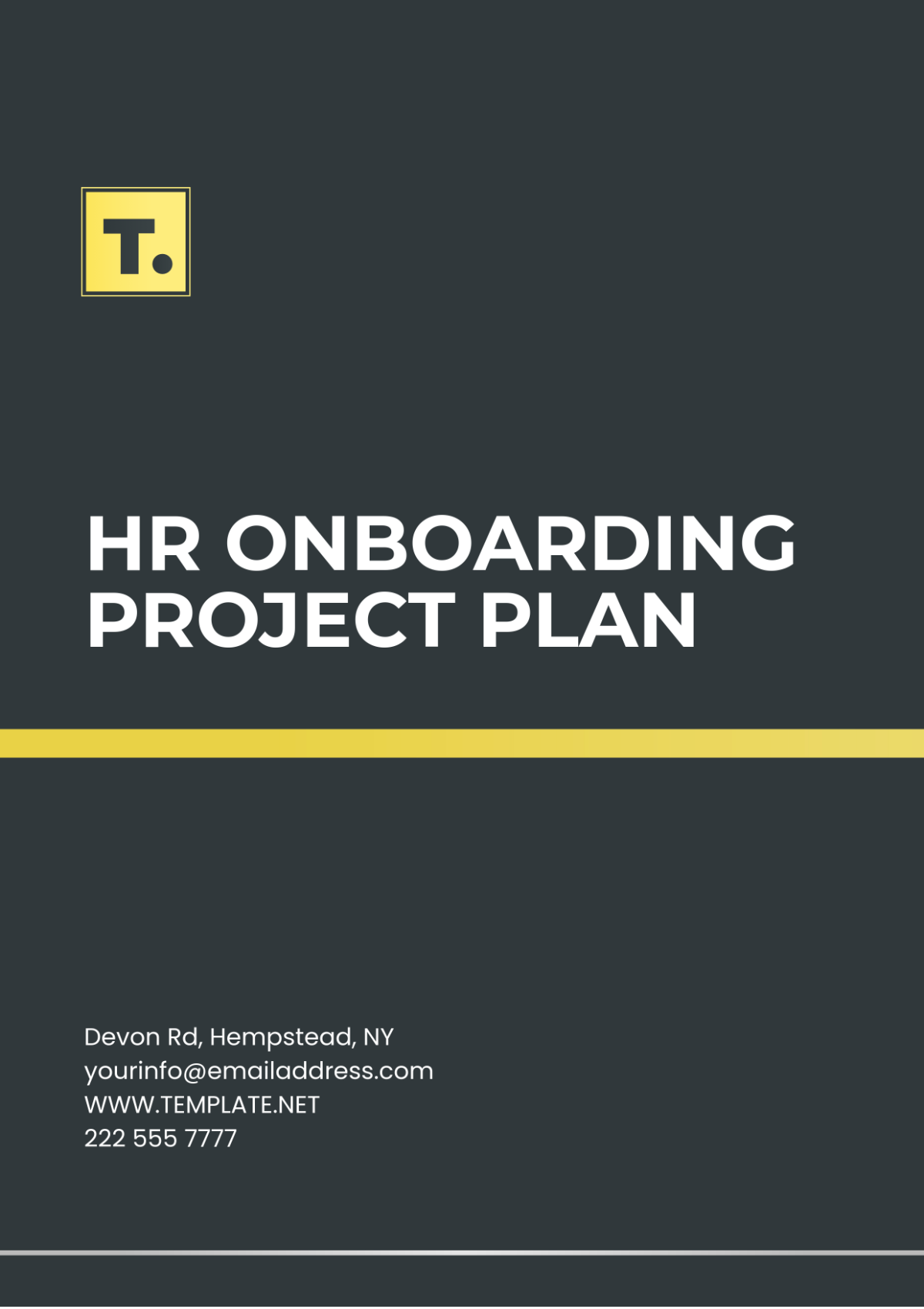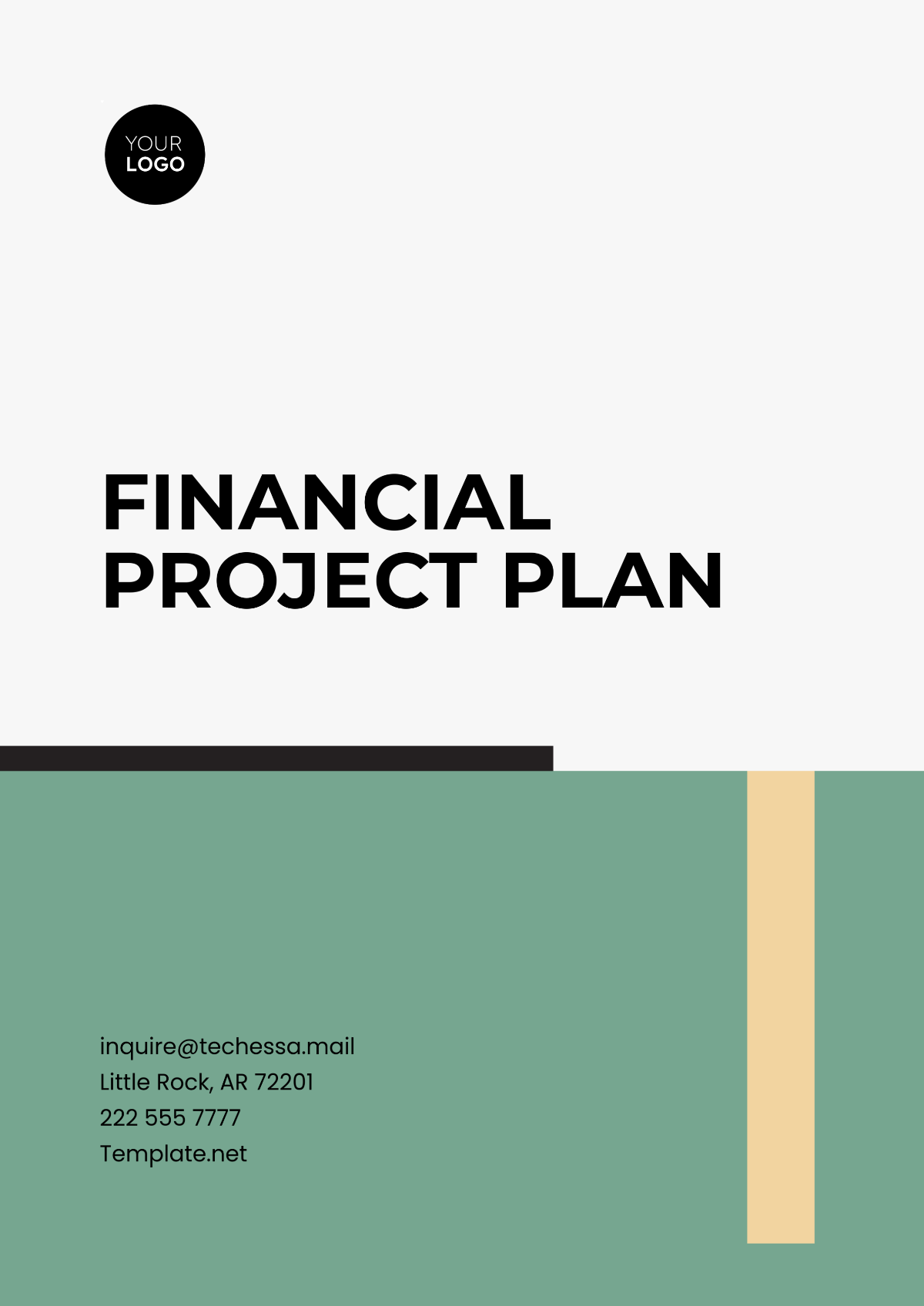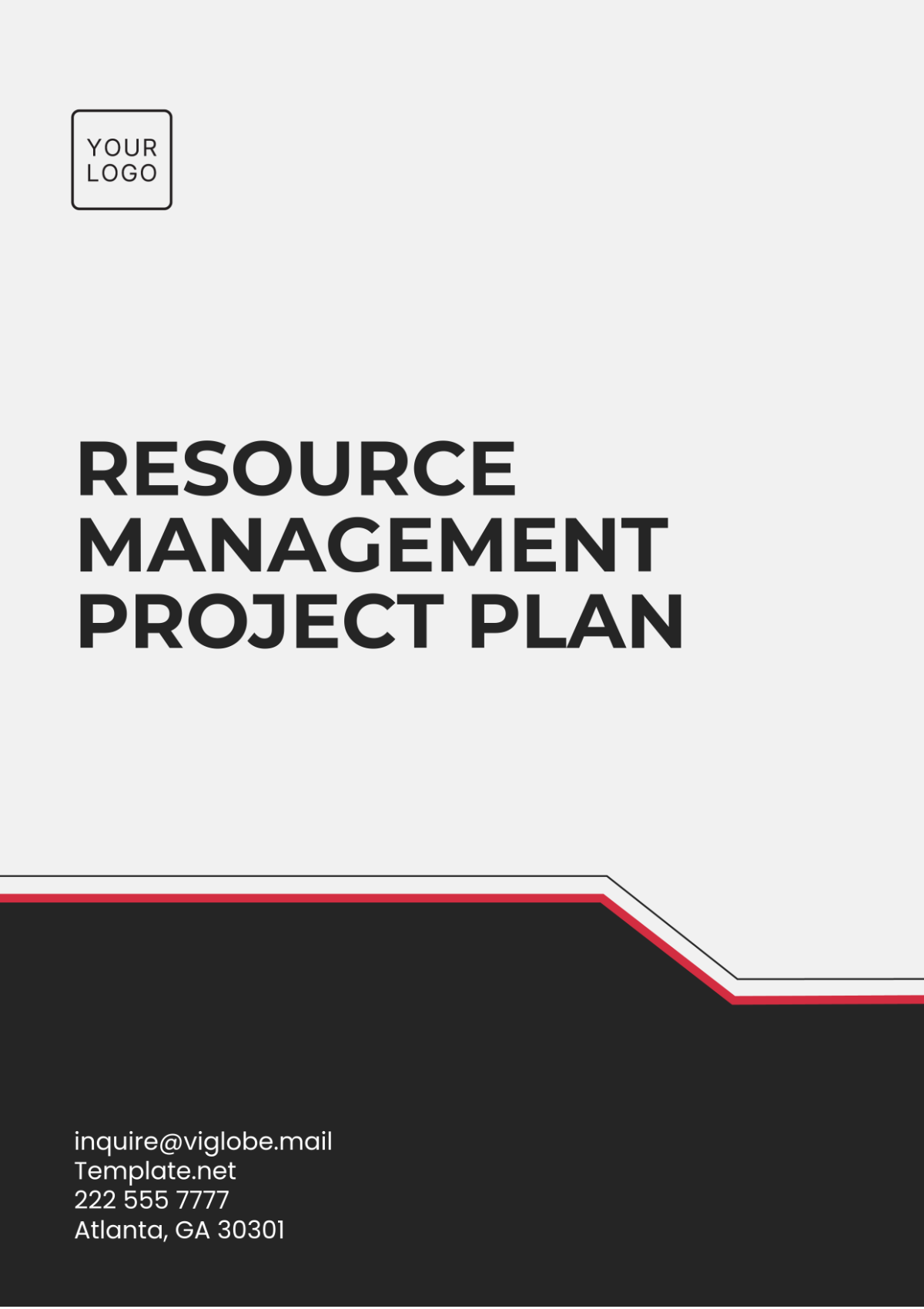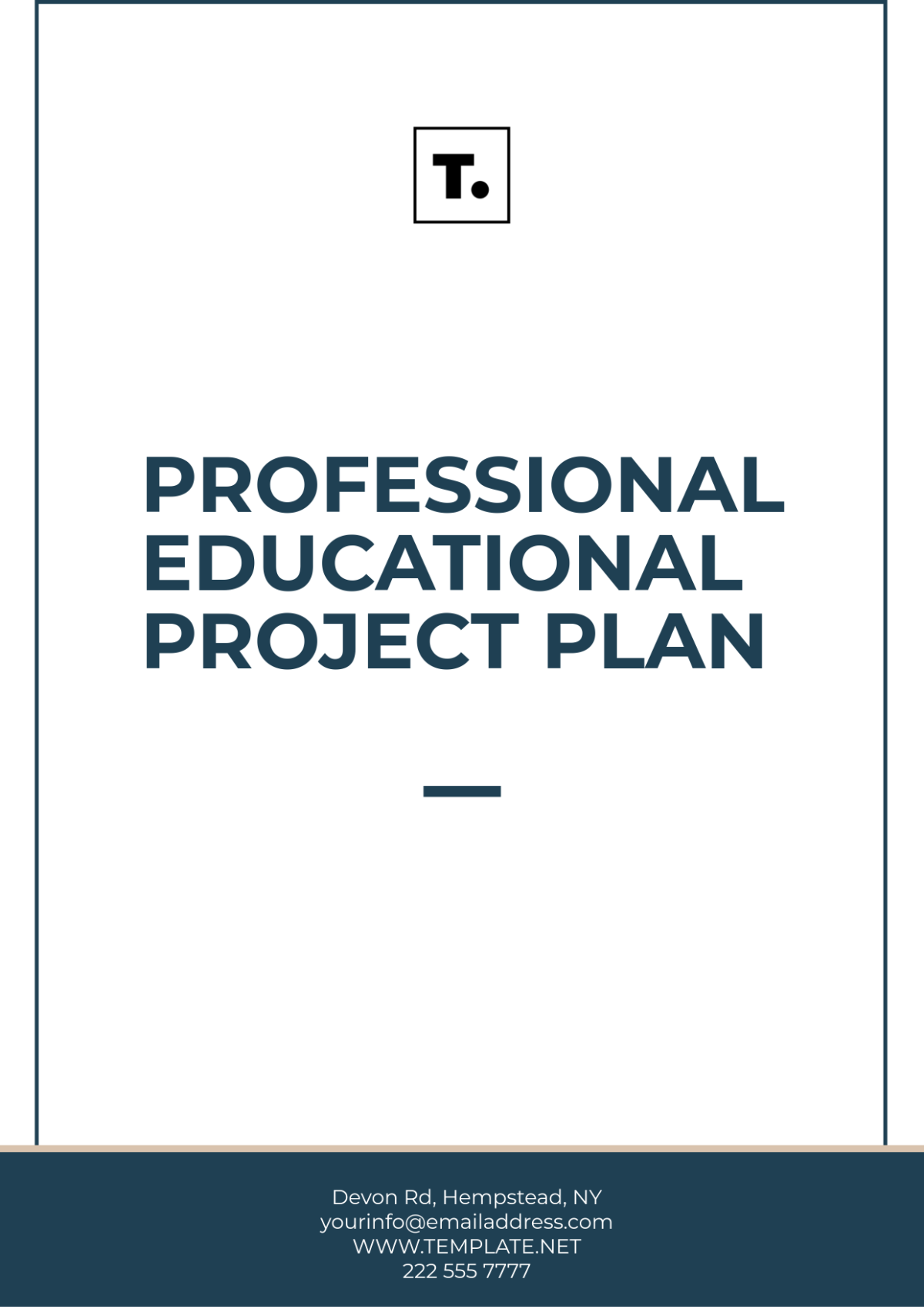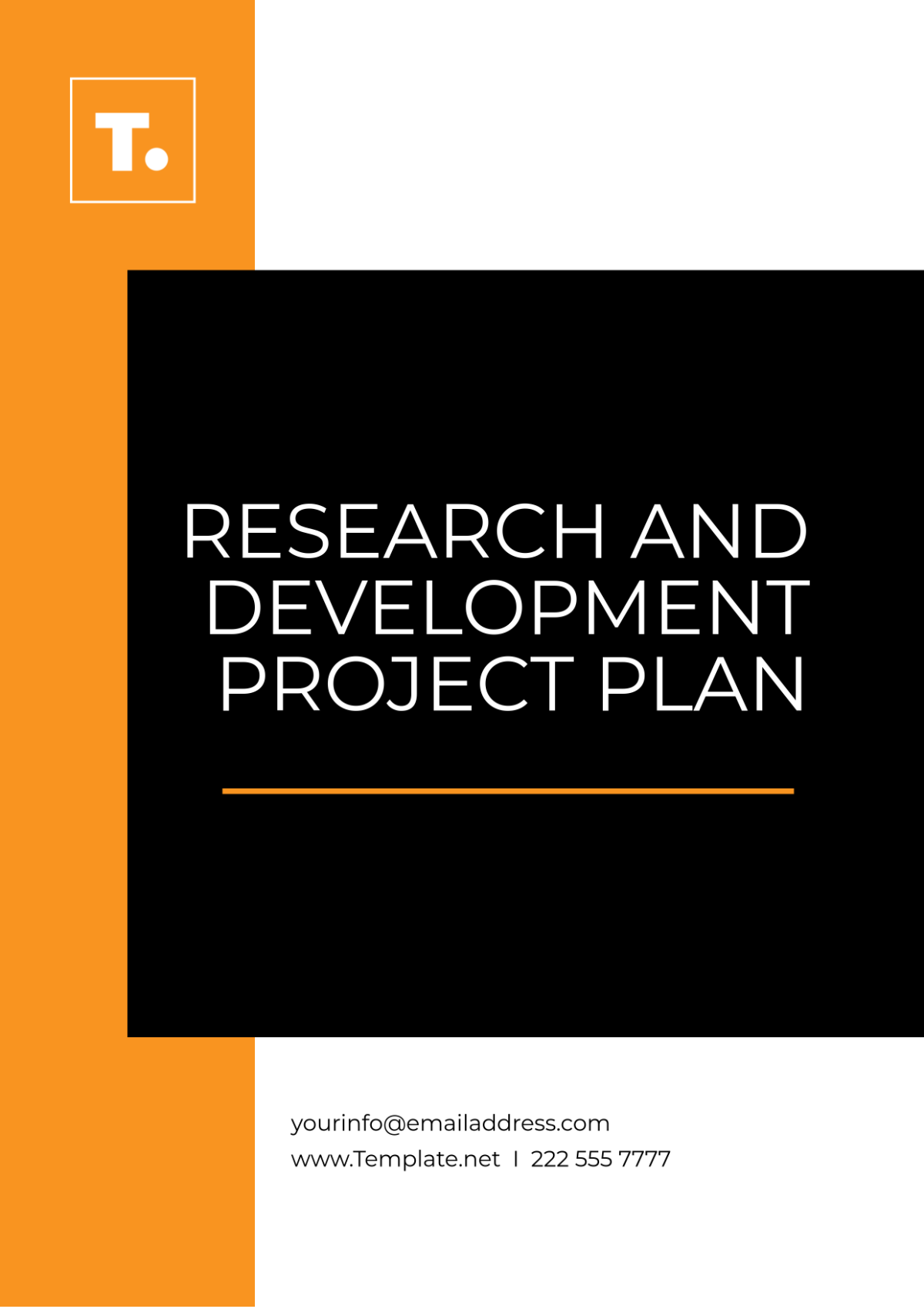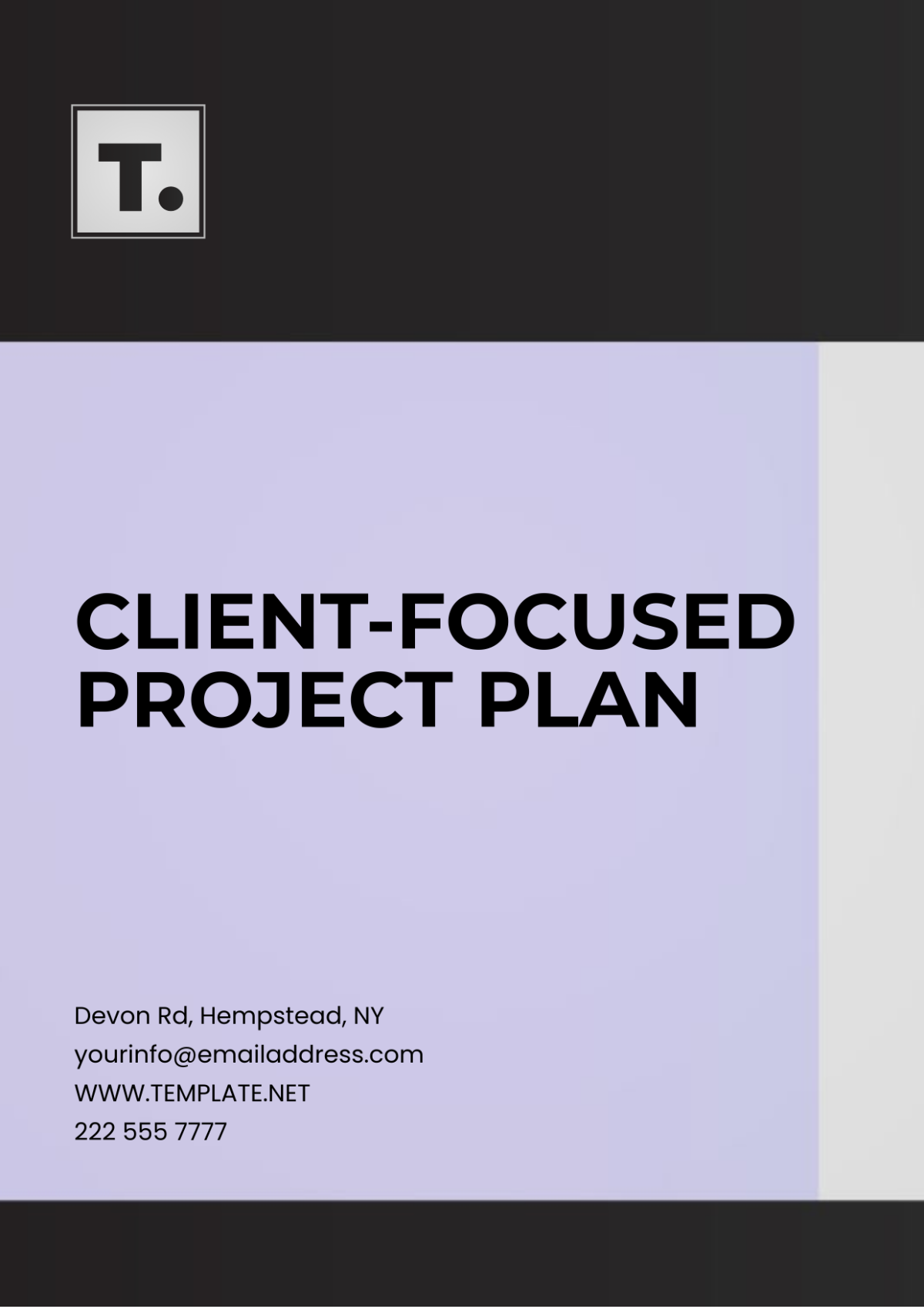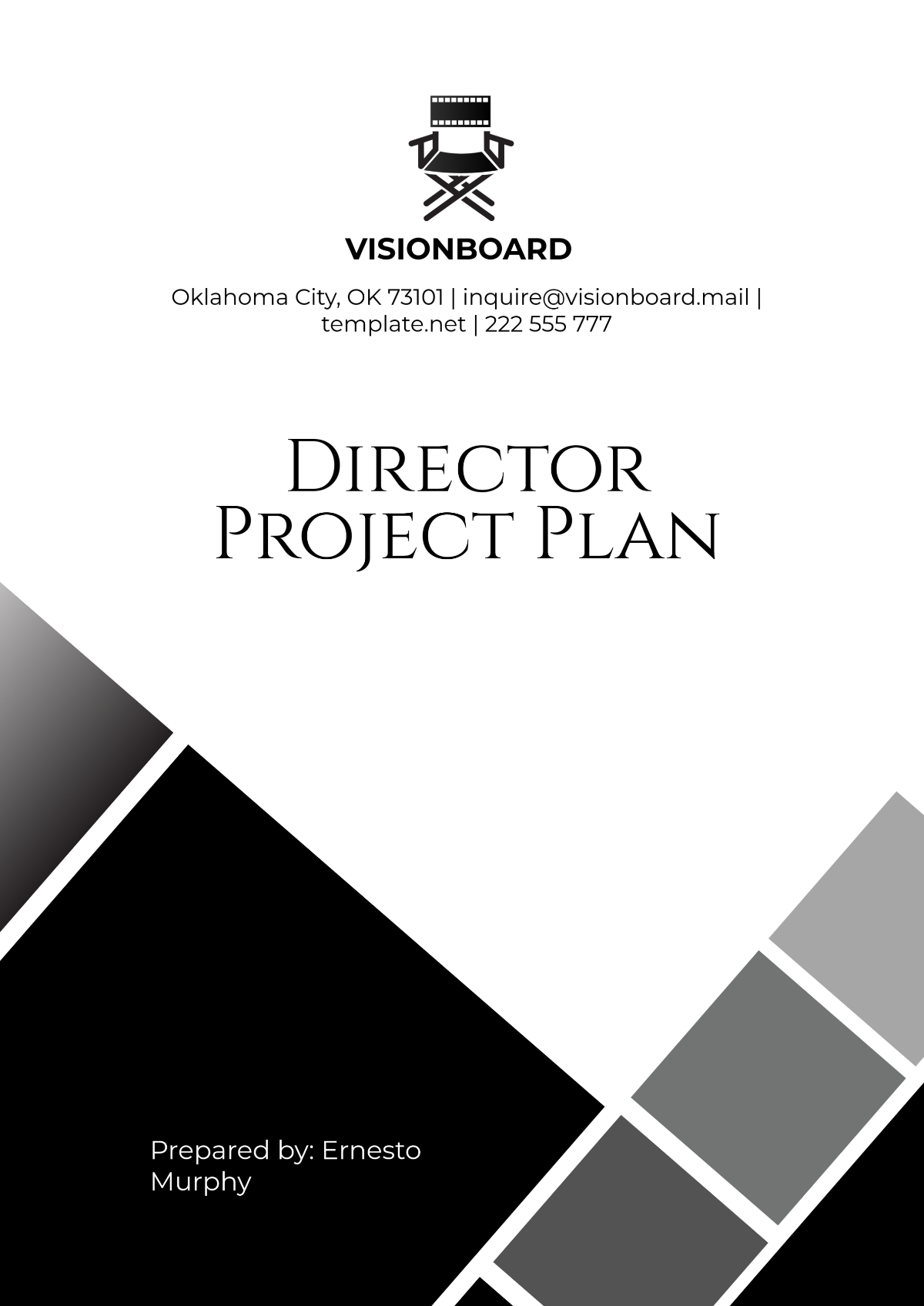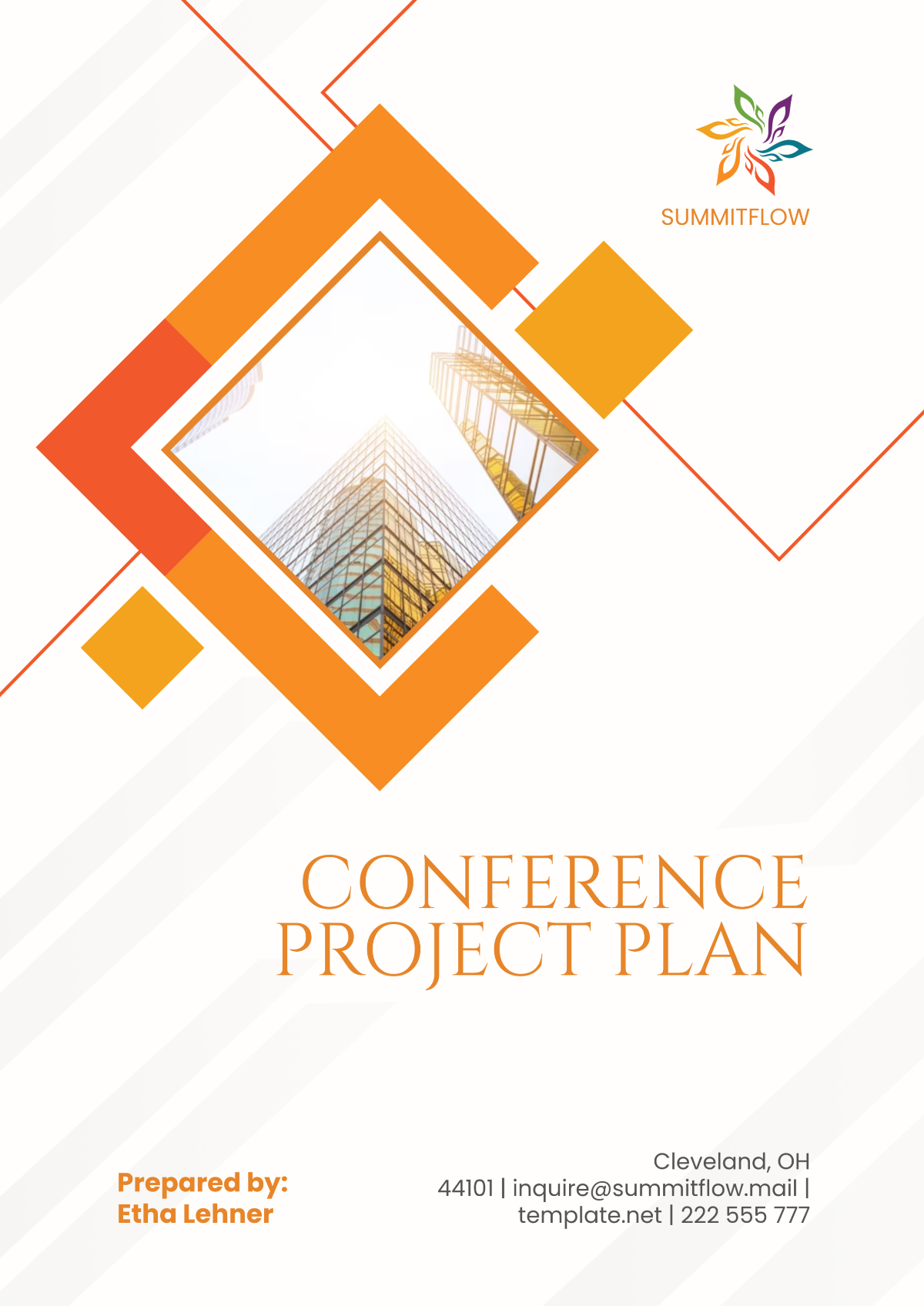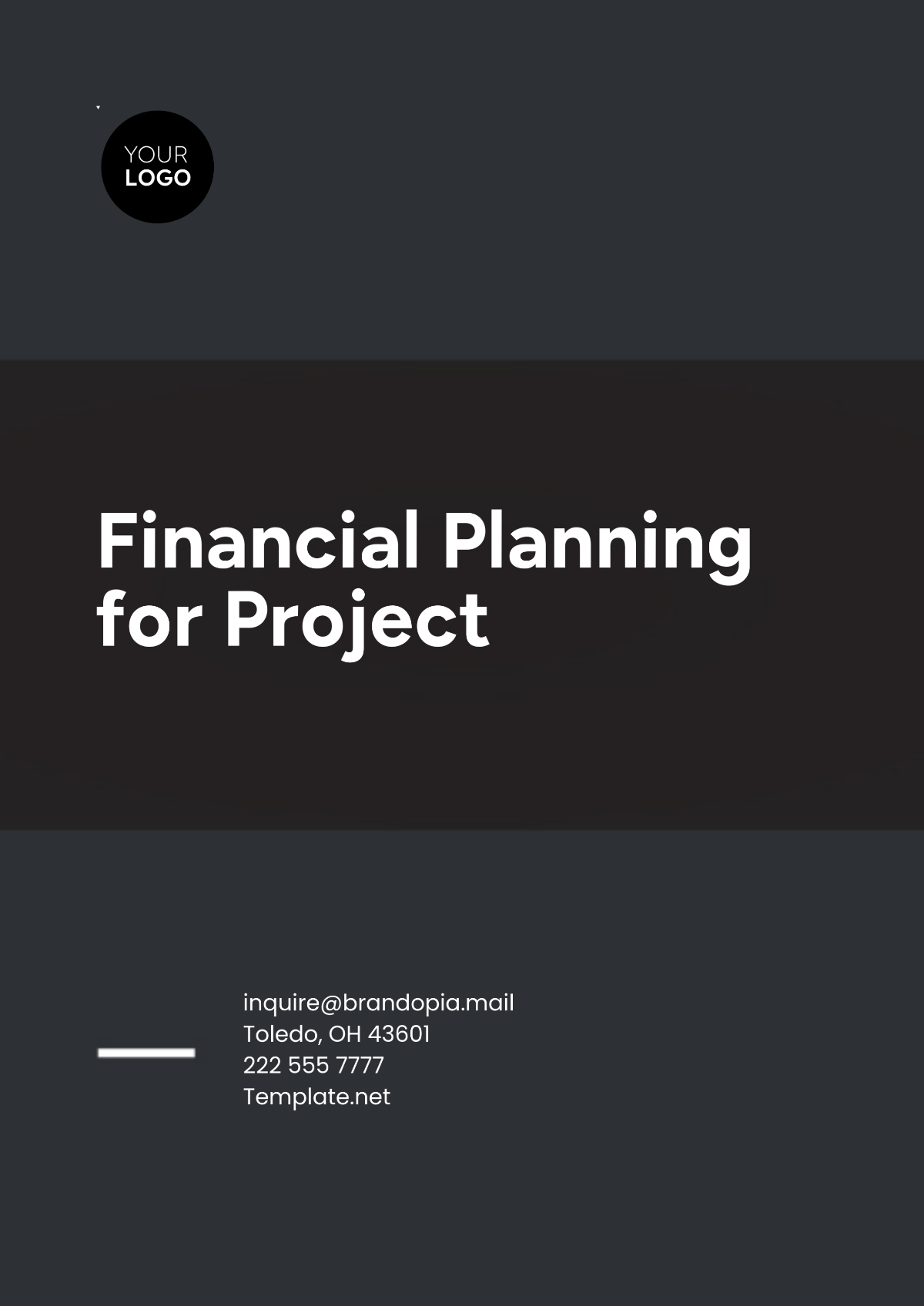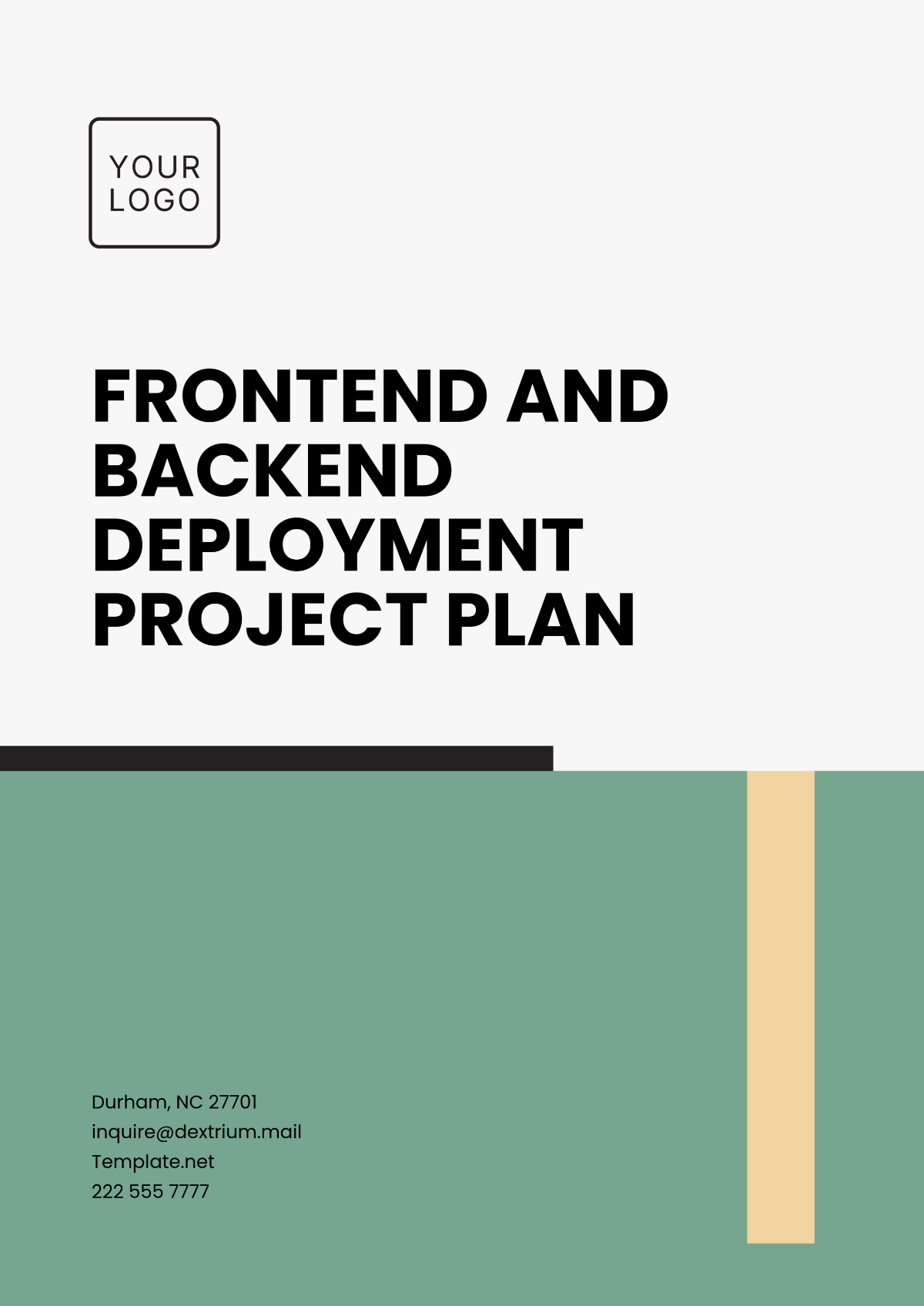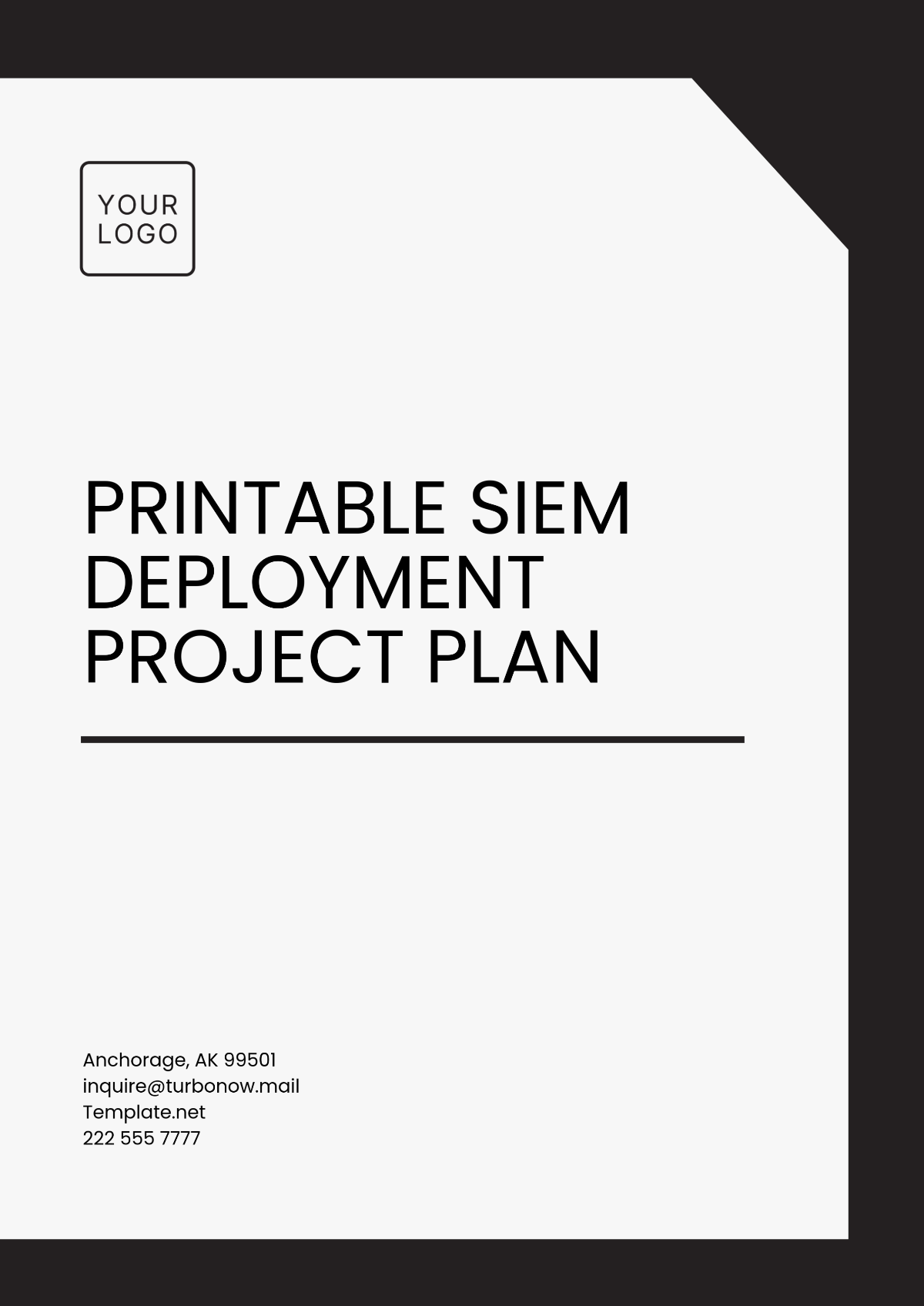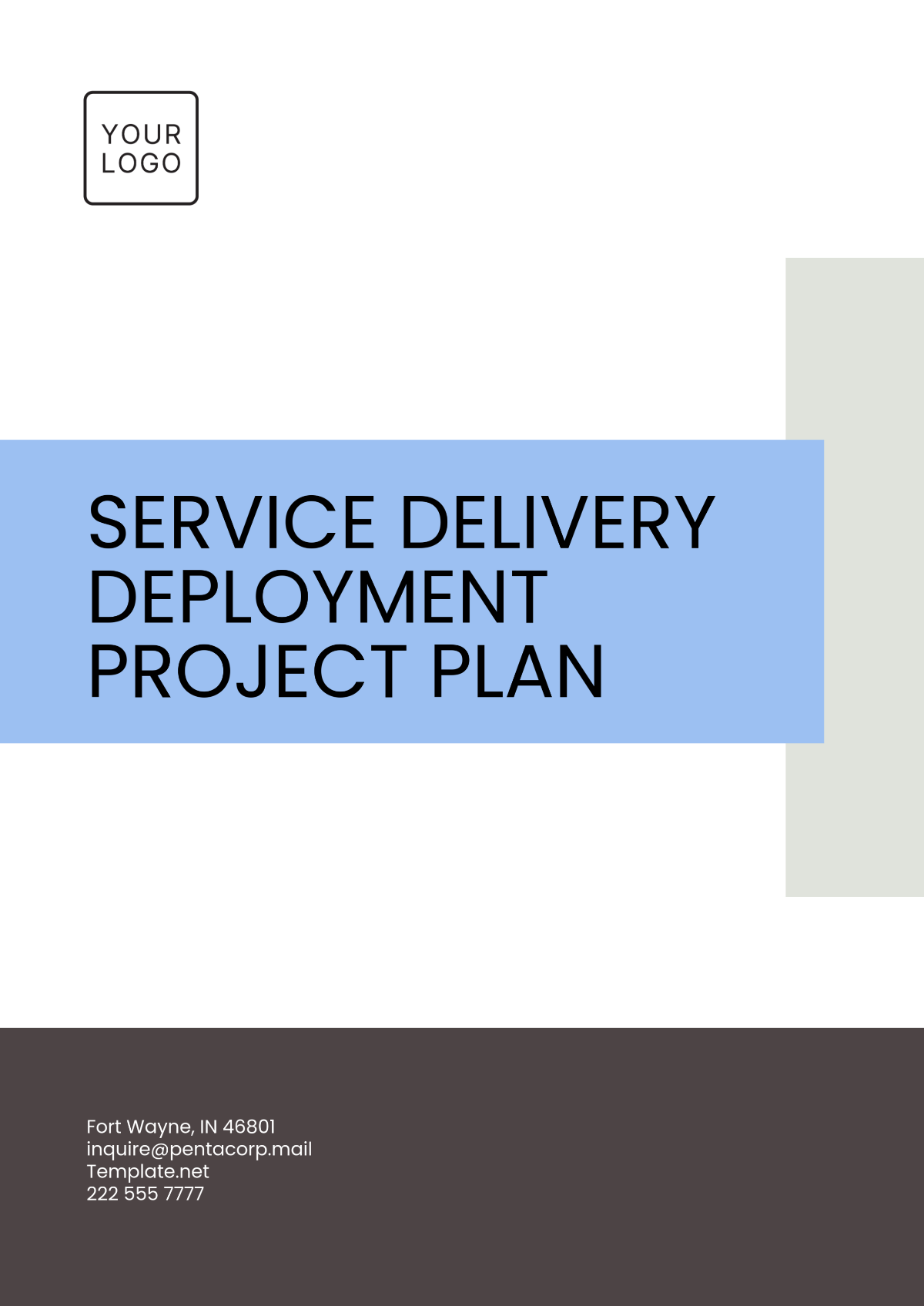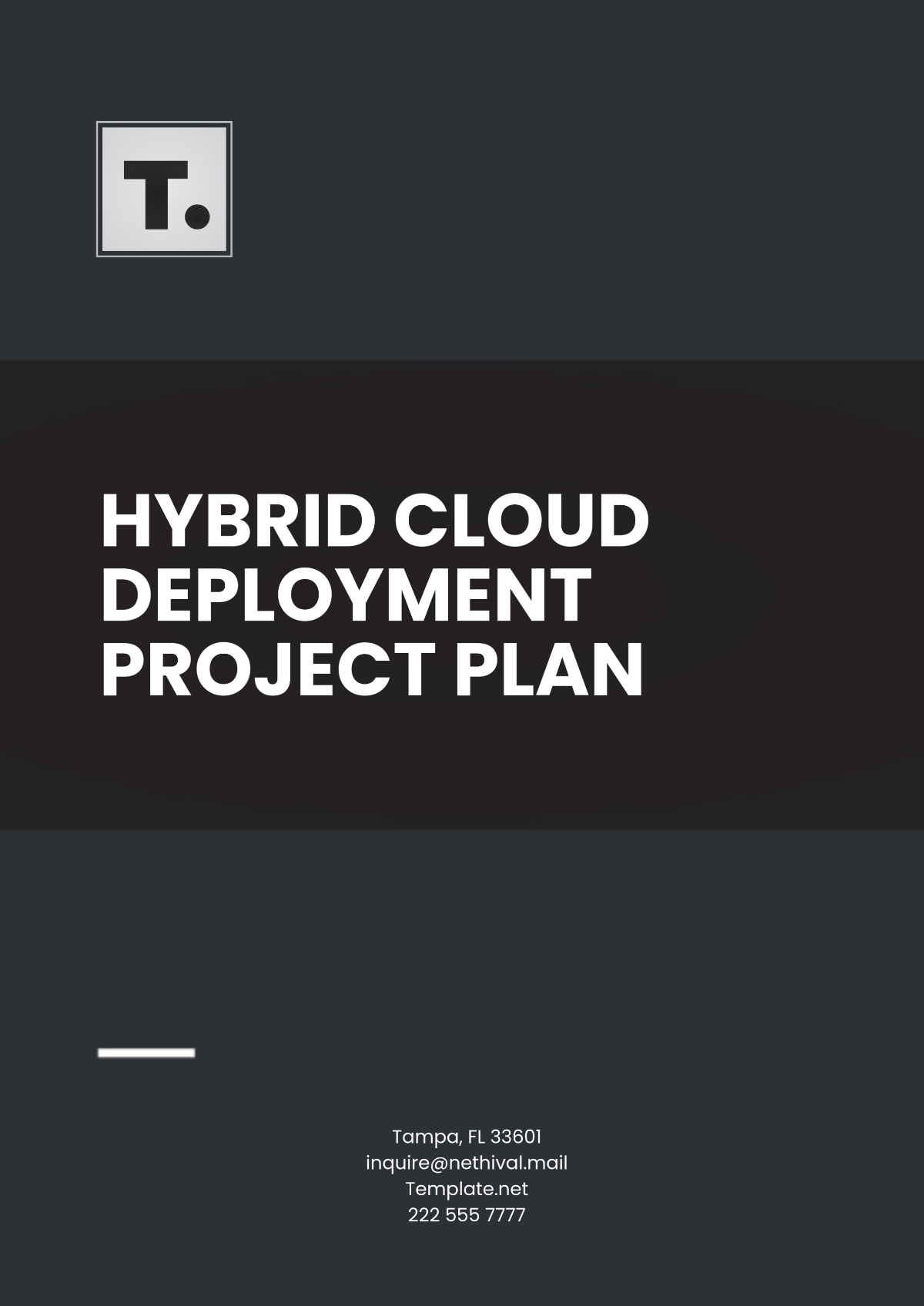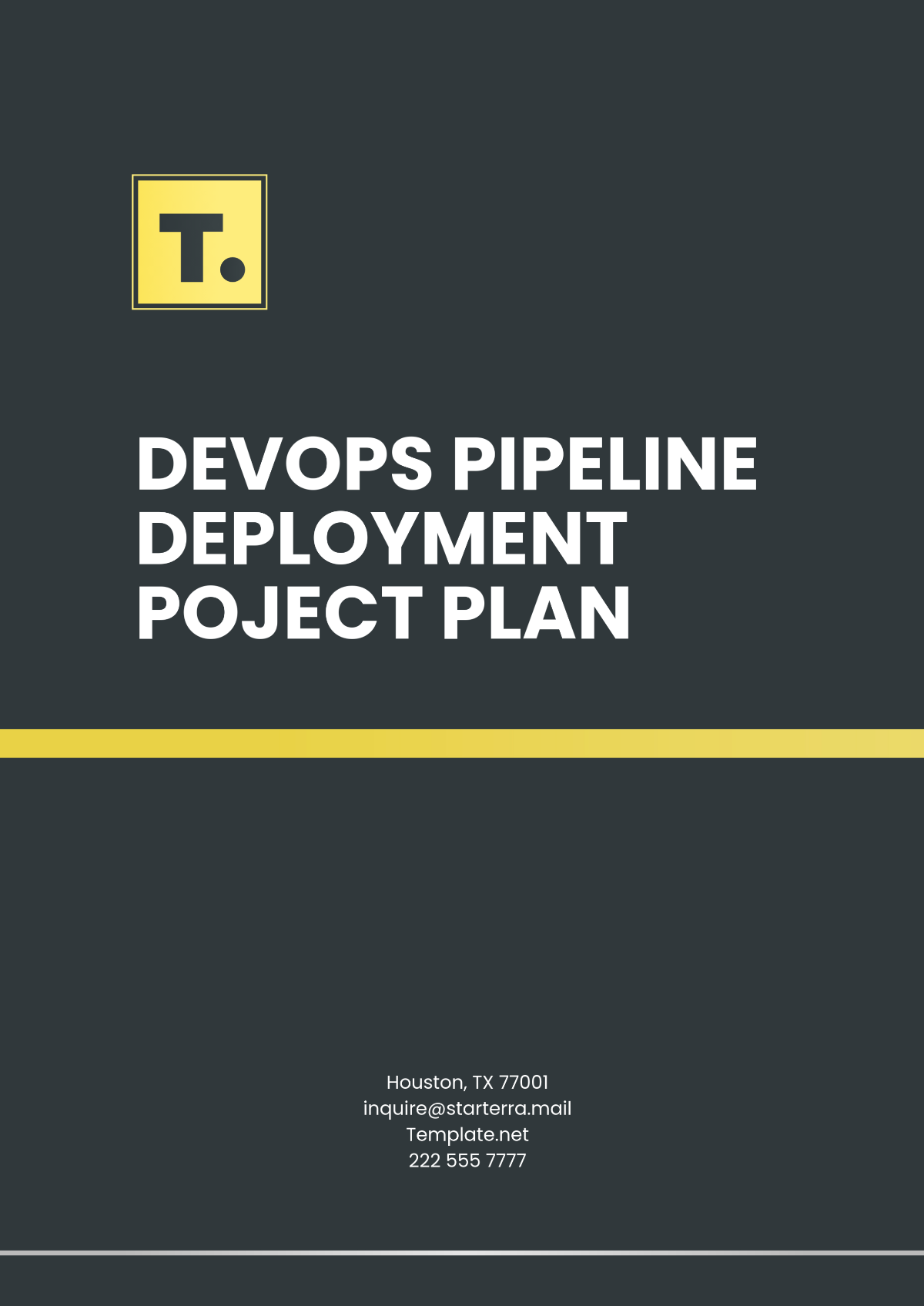AGILE PROJECT PLAN
Name : | [Your Name] |
Department : | [Your Department] |
Date : | [Date] |
I. Project Overview
The mission of [Your Company Name]'s software engineers is to develop a cutting-edge mobile application for task management. The application, tentatively named "TaskMaster," aims to provide users with a seamless and intuitive platform for organizing tasks, setting priorities, and enhancing productivity. By adopting Agile methodologies, the team seeks to ensure adaptability to changing user requirements and accelerate the time-to-market for TaskMaster.
II. Sprint Planning and Execution
Sprint planning will be conducted at the beginning of each iteration to select backlog items and define sprint goals. The team will hold regular sprint review meetings to showcase completed work and gather feedback for continuous improvement. Key aspects include:
A. Sprint Duration
Each sprint will be scheduled to last for two weeks, thereby facilitating concentrated development efforts while also ensuring the frequent delivery of valuable outputs.
B. Backlog Refinement
The process of continuous refinement and prioritization of the product backlog will be systematically carried out to guarantee that it remains in alignment with the evolving needs of the users and the overarching objectives of the project.
C. Incremental Delivery
The development of TaskMaster will be carried out in an incremental manner, wherein each sprint is designed to deliver functional features. These successive features are critical as each one contributes progressively towards the completeness of the overall application.
III. Task Management and Collaboration
TaskMaster's development will be organized into granular tasks assigned to team members based on expertise and availability. Collaboration tools such as [Head of Communication] will facilitate communication and task tracking. Key features include:
A. Task Breakdown
Backlog items will be broken down into manageable tasks with clear acceptance criteria.
Task | Description | Acceptance Criteria |
|---|---|---|
Develop User Interface | Design and implement the user interface for TaskMaster, ensuring an intuitive and visually appealing user experience. | The user interface must be responsive and compatible with various screen sizes. Users should be able to navigate tasks effortlessly. |
Implement Task Creation Feature | Develop functionality for users to create new tasks within the application. | Users should be able to input task details such as title, description, due date, and priority. Task creation should be seamless. |
Enable Task Organization | Implement features to allow users to organize tasks into categories or projects. | Users should be able to create, edit, and delete categories. Tasks should be easily draggable and droppable for the organization. |
B. Daily Stand-ups
Daily stand-up meetings will provide opportunities for team members to discuss progress, identify blockers, and prioritize work.
Aspect | Description |
|---|---|
Objective | To provide a forum for team members to share progress, identify obstacles, and prioritize tasks. |
Frequency | Daily, typically at the start of each workday. |
Duration | 15 minutes |
Participants | All members of the development team. |
Format | Each team member answers three questions: 1. What did you accomplish yesterday? 2. What will you work on today? 3. Are there any obstacles impeding your progress? |
Facilitator | The Scrum Master or designated team member. |
Location | Ideally in a designated meeting area or via video conferencing for remote teams. |
Action Items | Any obstacles identified are documented and addressed after the meeting. |
C. Cross-functional Collaboration
The development team plans to engage in detailed and close collaboration with designers, testers, and stakeholders, facilitating an integrated and comprehensive strategy towards the development of the product, aimed at aligning all aspects and phases of the process for optimal outcomes.
IV. Quality Assurance and Testing
Ensuring the reliability and usability of TaskMaster is paramount. The team will implement rigorous testing practices to identify and address defects early in the development cycle. Key aspects include:
Test Automation: Automated testing scripts will be developed to streamline regression testing and ensure consistent product quality.
User Acceptance Testing (UAT): Stakeholders and end-users will participate in UAT sessions to validate features and provide feedback for refinement.
Continuous Integration/Delivery: TaskMaster's codebase will be integrated and tested frequently to detect integration issues and maintain a deployable product at all times.
V. Stakeholder Engagement
Engaging stakeholders throughout the project lifecycle is essential for aligning expectations and gathering valuable feedback. Key strategies include:
Regular Demos: Sprint review meetings will include demos of completed features to gather stakeholder feedback and validate requirements.
Feedback Loops: Continuous communication channels will be established to solicit input from stakeholders and address concerns promptly.
Transparency: Stakeholders will have access to project documents, reports, and sprint results for transparency and accountability.
VI. Risk Management
Identifying and mitigating project risks is crucial for minimizing disruptions and ensuring successful delivery. Key risk management strategies include:
Risk Identification: Regular risk assessments will be conducted to identify potential threats to project scope, schedule, and budget.
Mitigation Planning: Mitigation plans will be developed for high-impact risks, outlining proactive measures to reduce their likelihood or impact.
Contingency Planning: Contingency plans will be established to address unforeseen events and ensure project continuity in the face of adversity.
VII. Roles and Responsibilities
Effective project execution requires clearly defined roles and responsibilities. The following roles will be established:
Role | Responsibilities |
|---|---|
Product Owner | Responsible for representing the voice of the customer, prioritizing the product backlog, and ensuring that the development team delivers value to the end-users. |
Scrum Master | Facilitates the Agile ceremonies, removes impediments, and fosters a collaborative and self-organizing team environment. |
Development Team | Comprised of skilled professionals responsible for implementing and delivering the features of TaskMaster. |
Stakeholders | TaskMaster's outcome is important to users, customers, sponsors, and other key stakeholders, whose input and feedback are crucial throughout the project lifecycle. |

